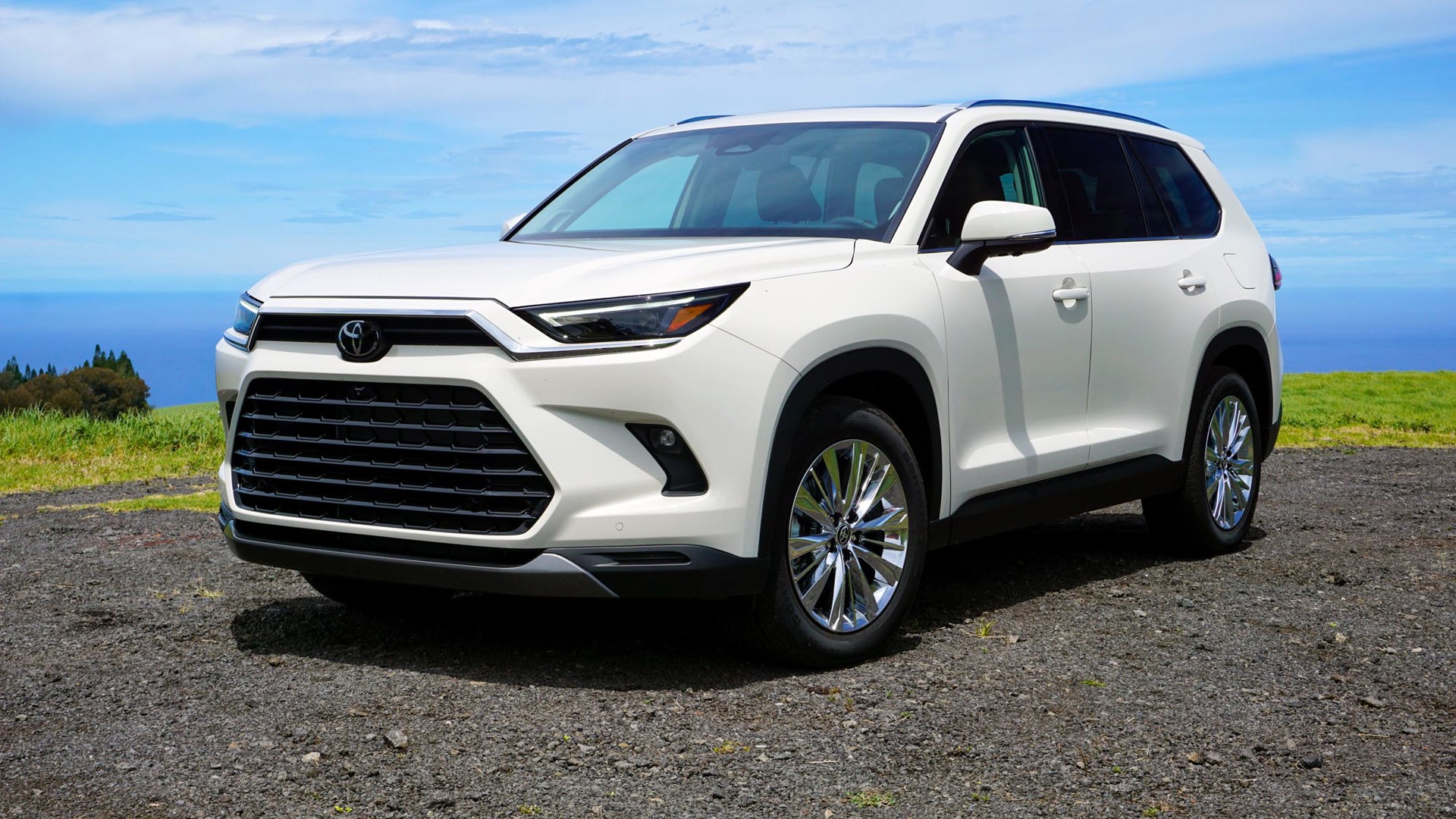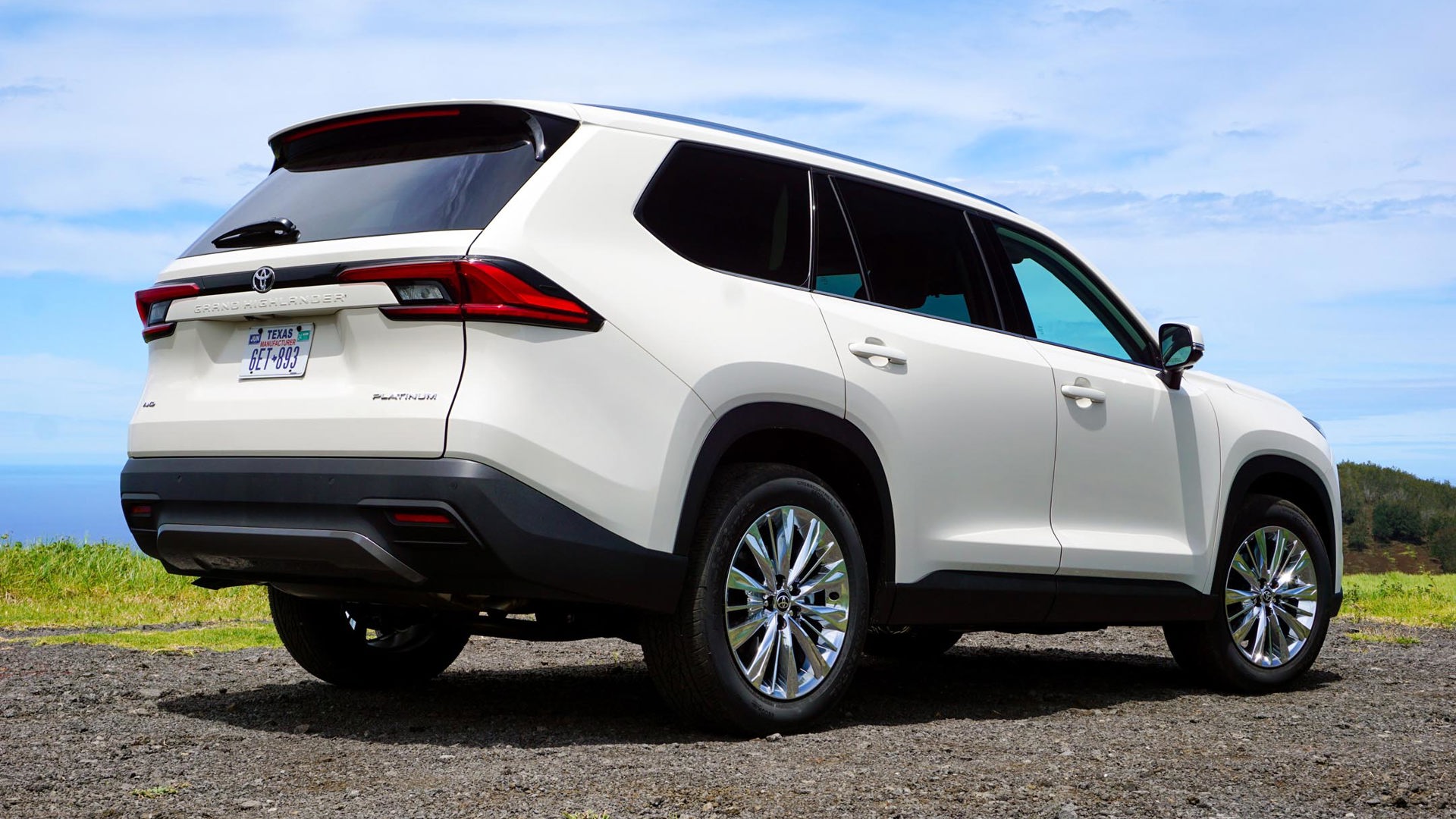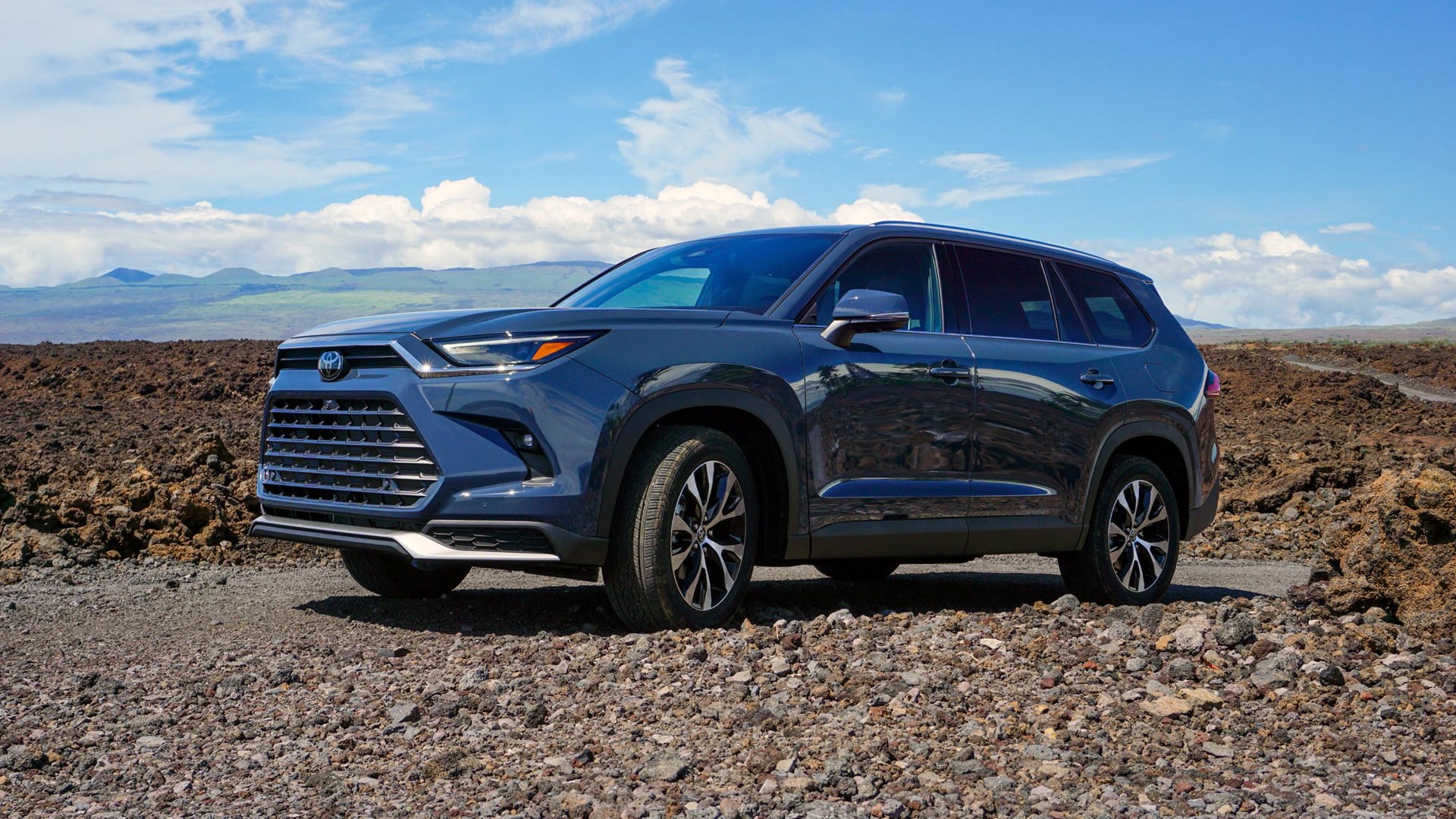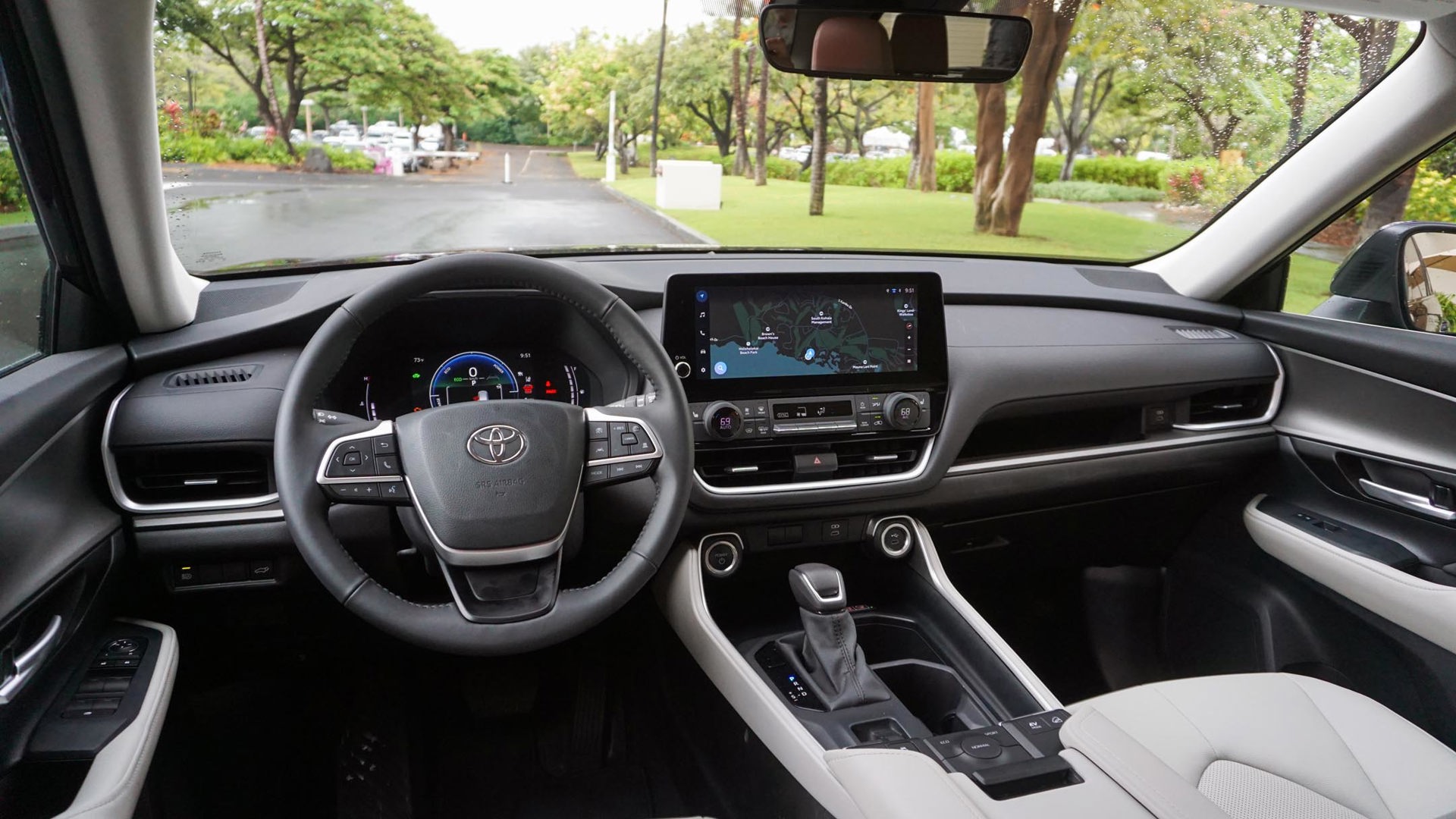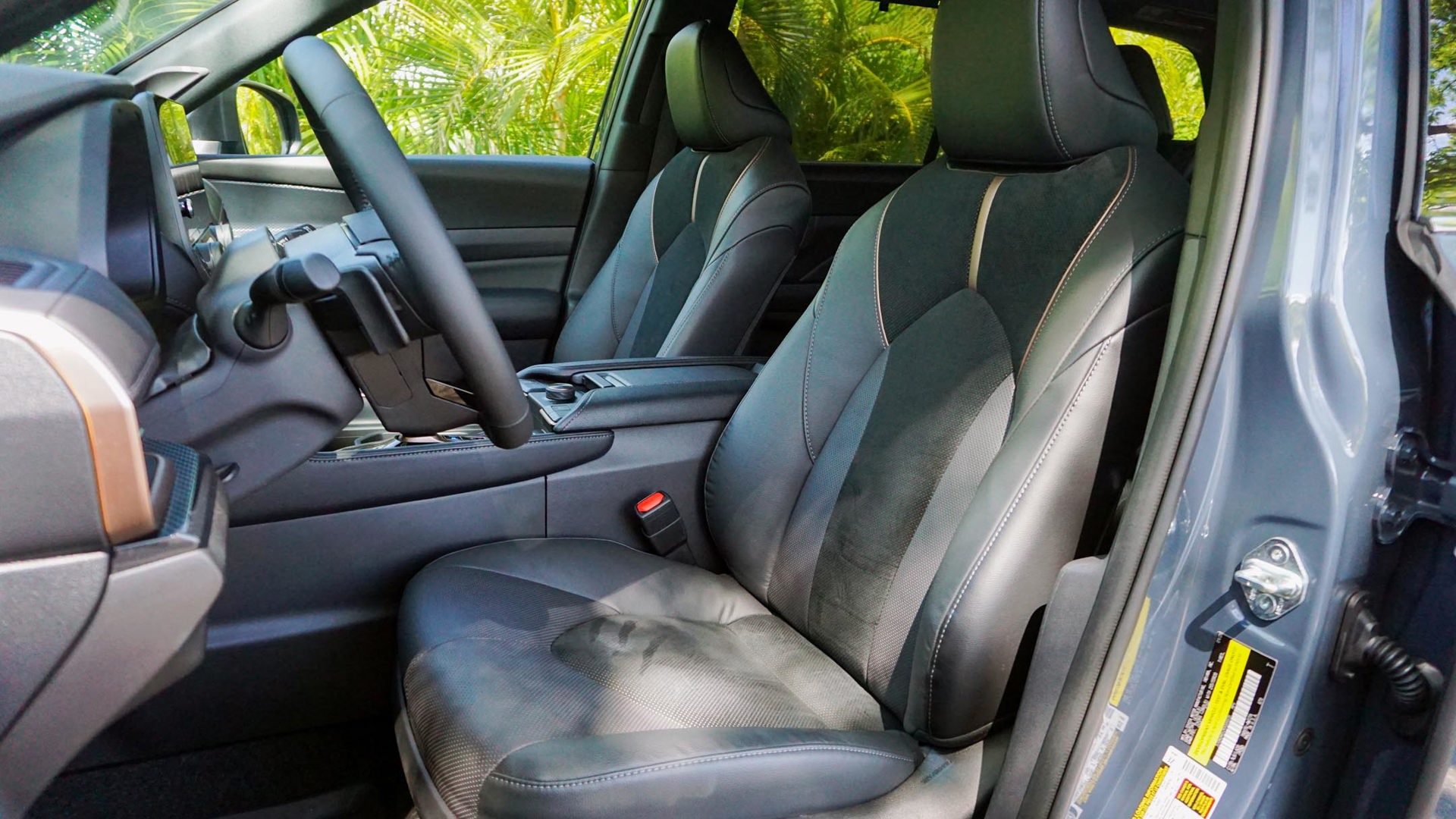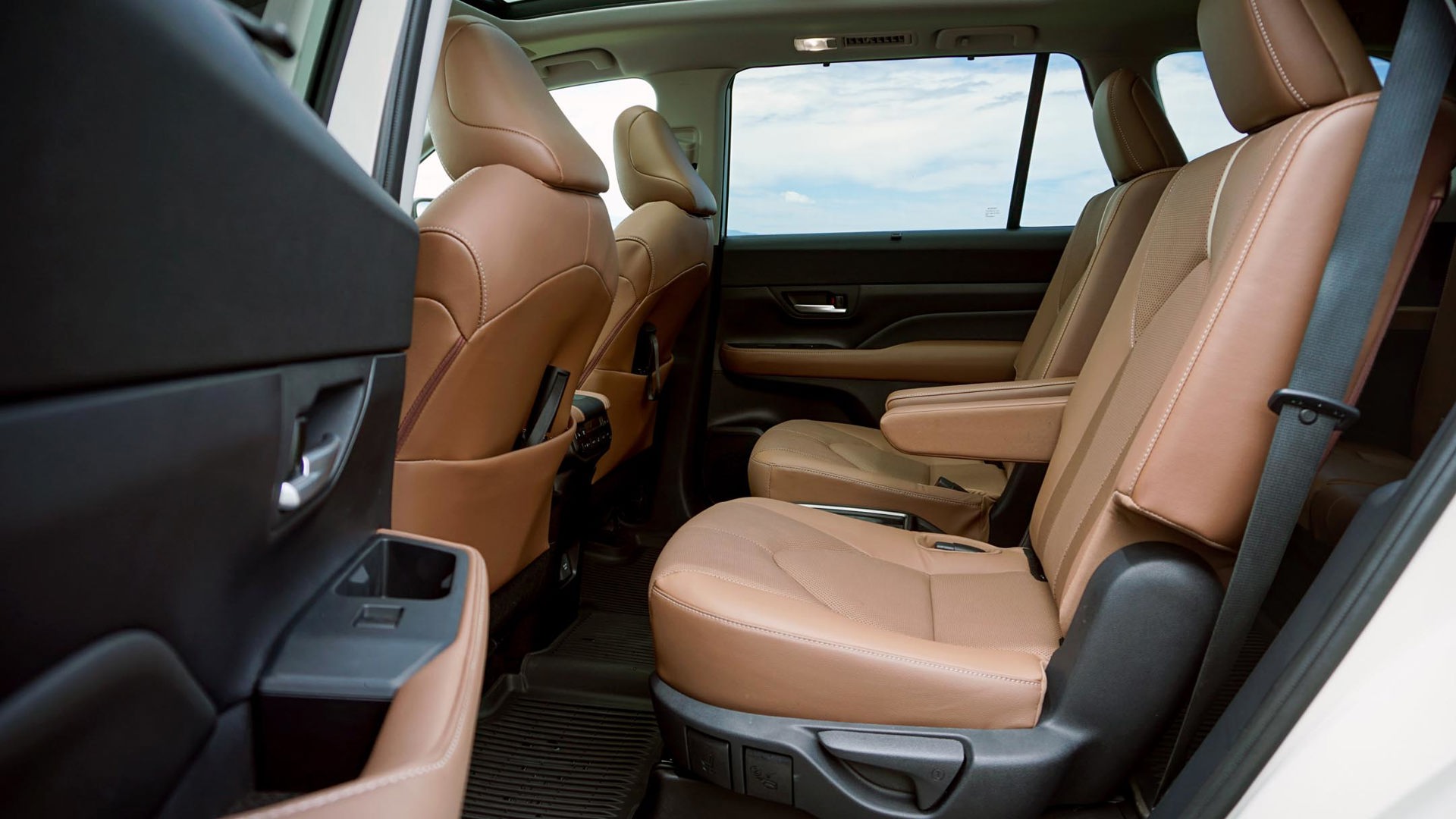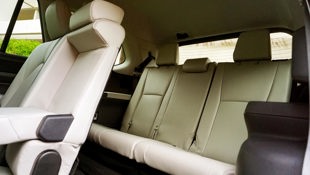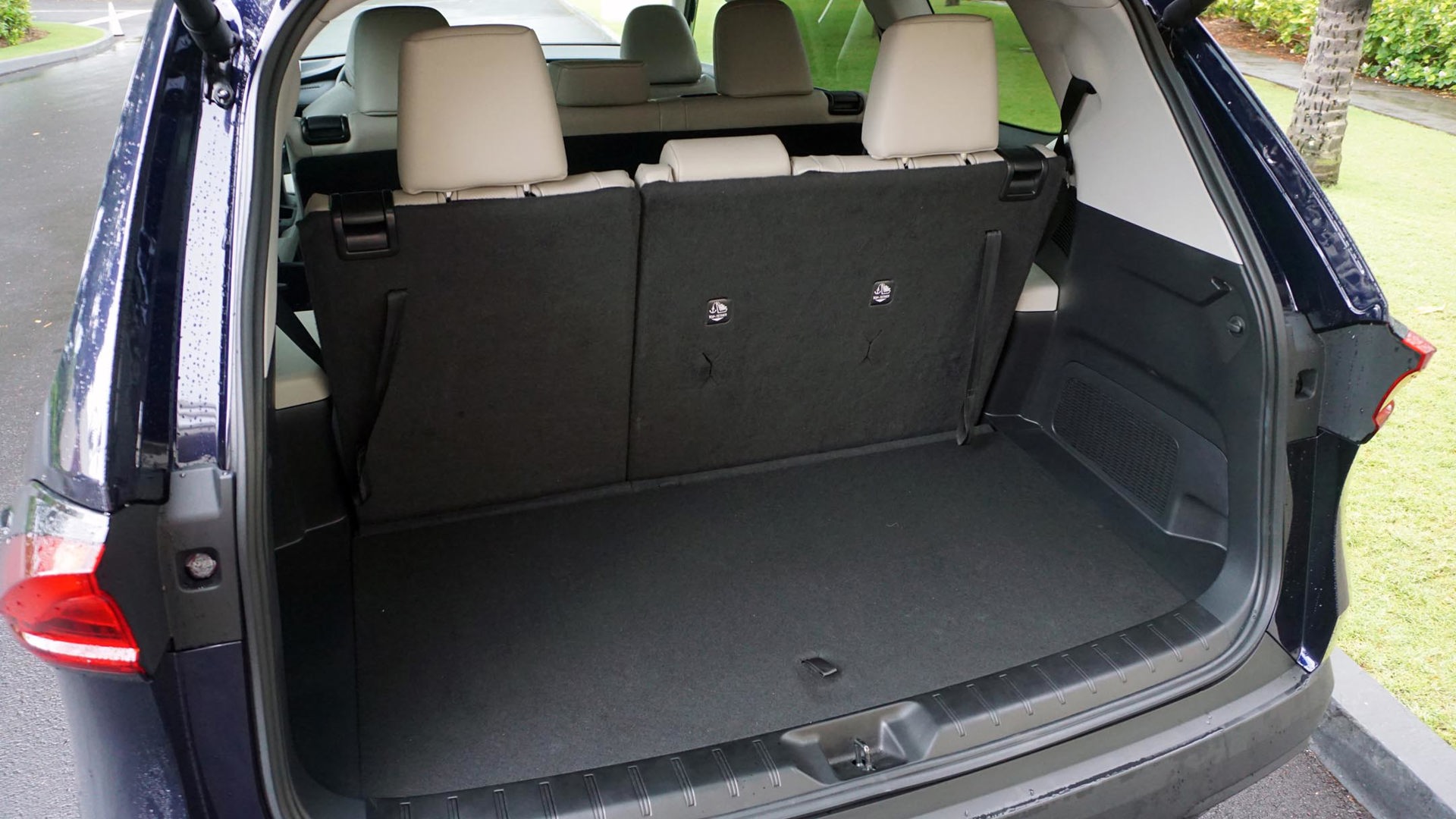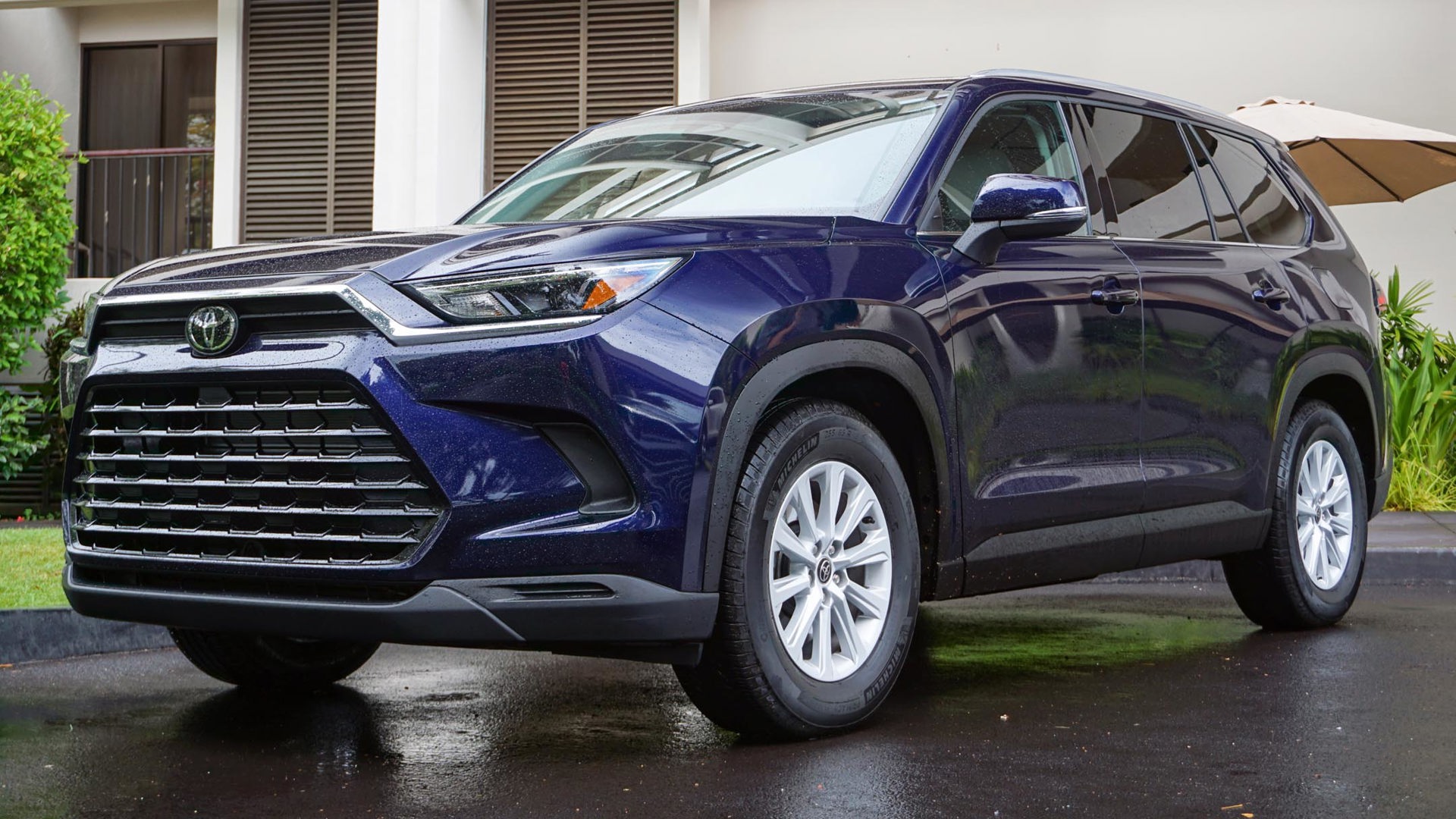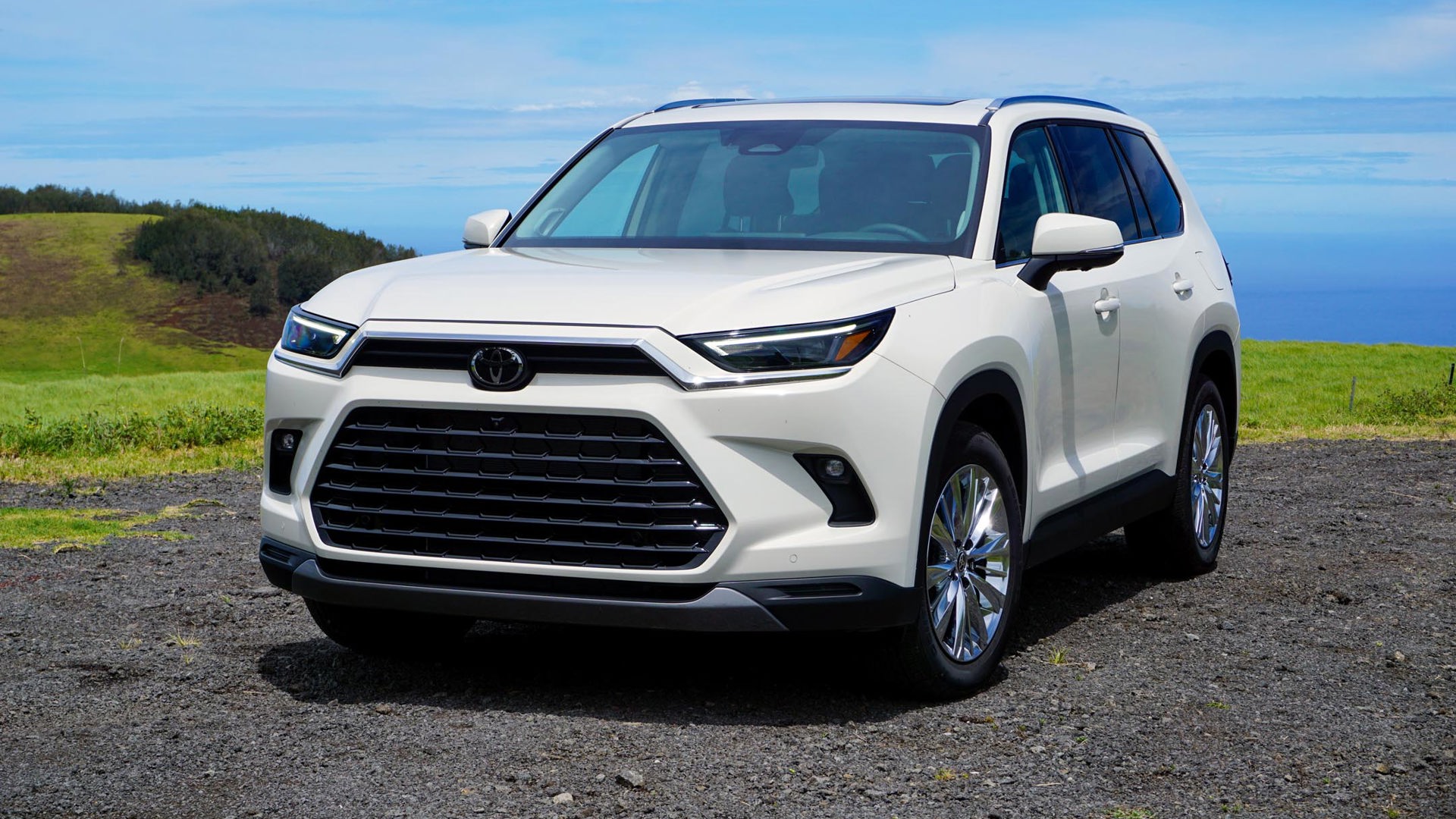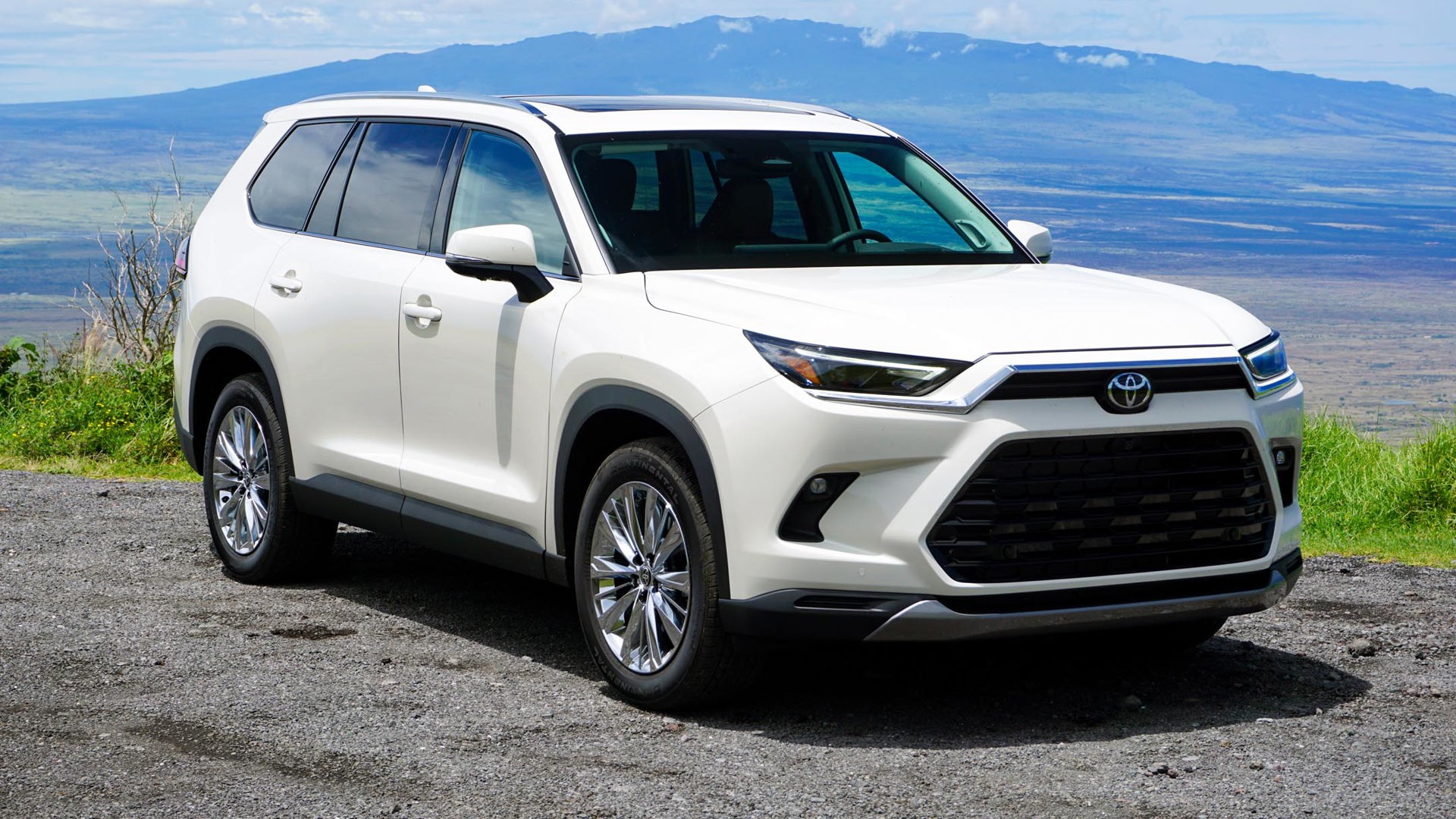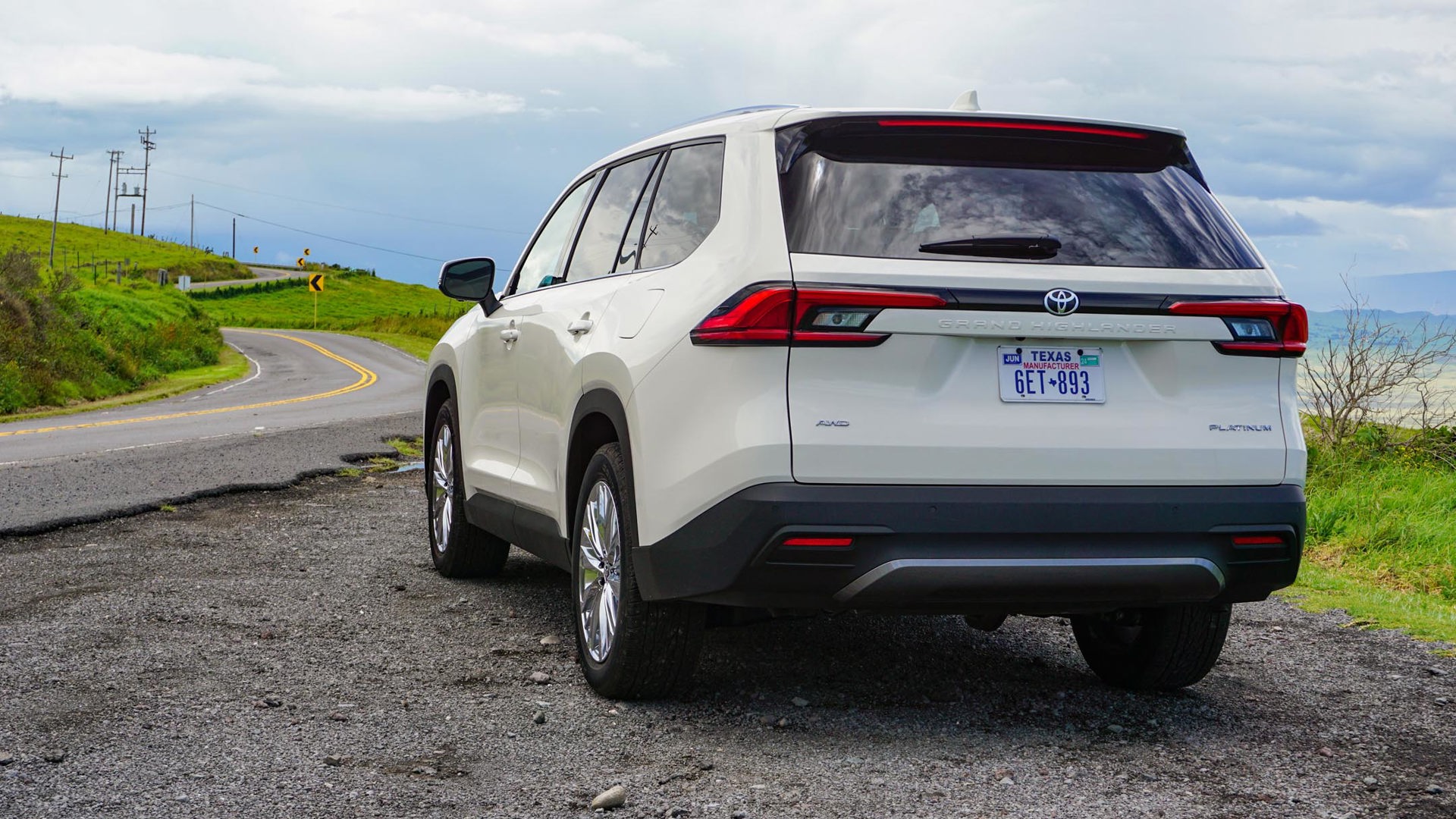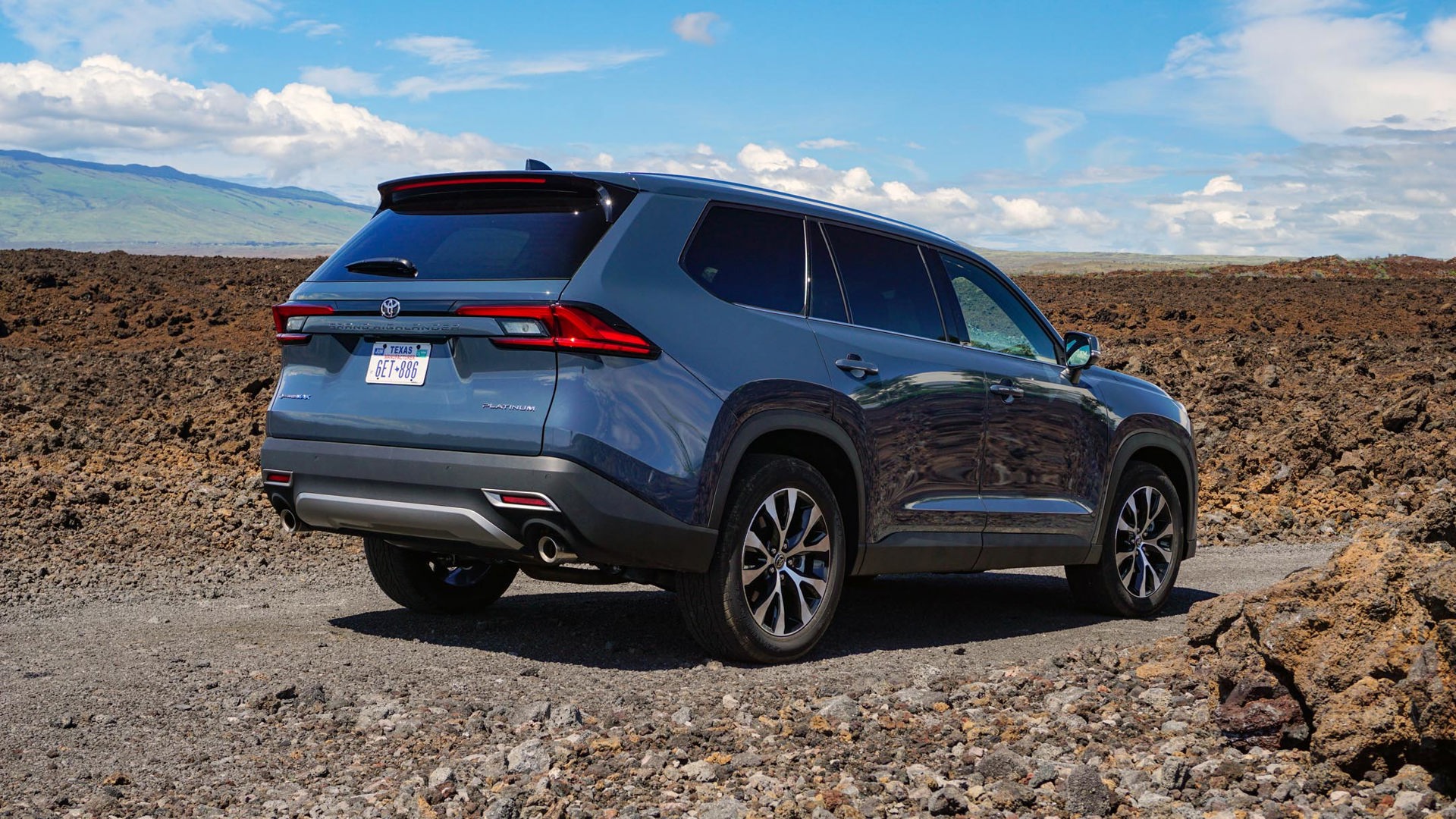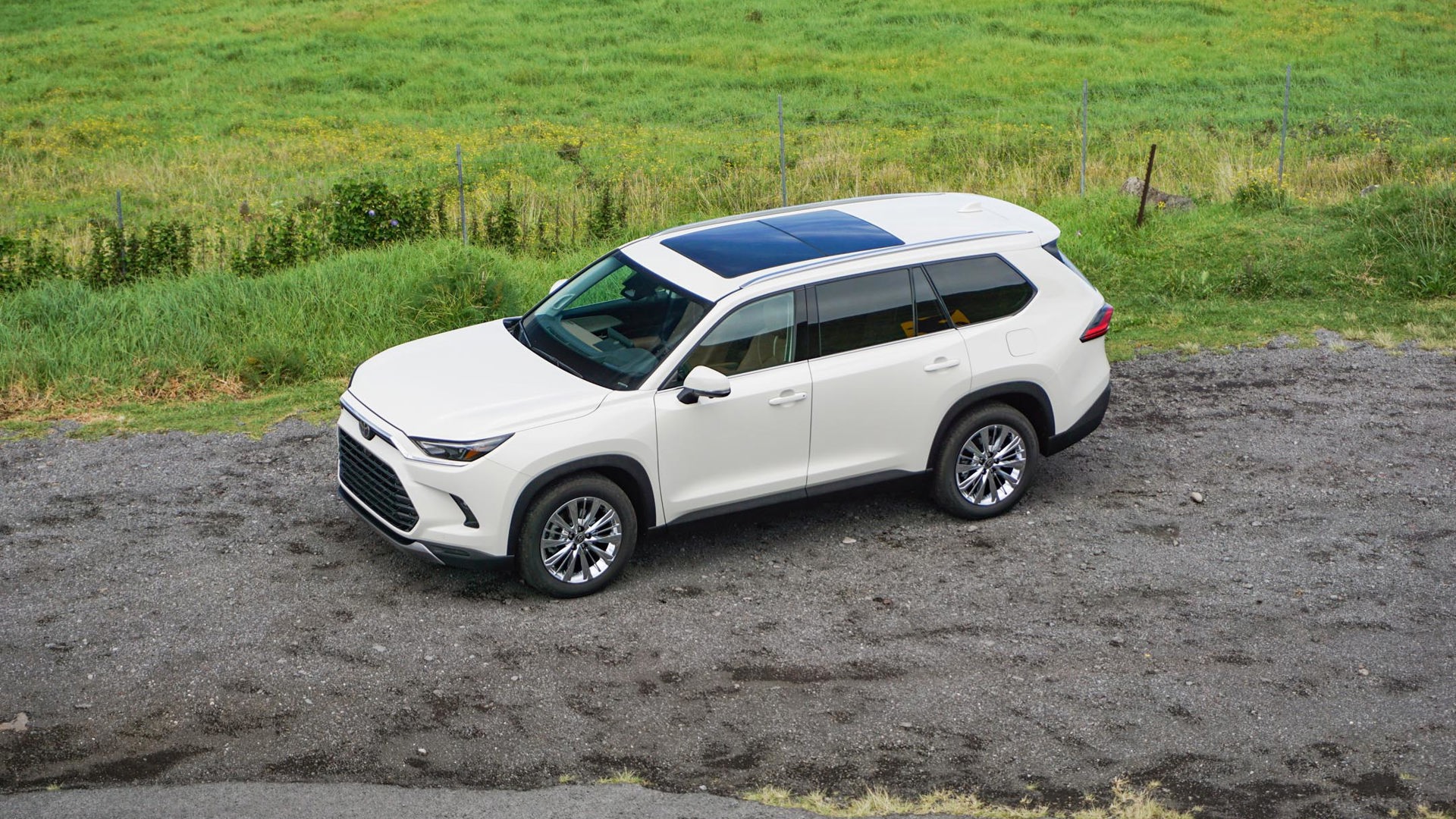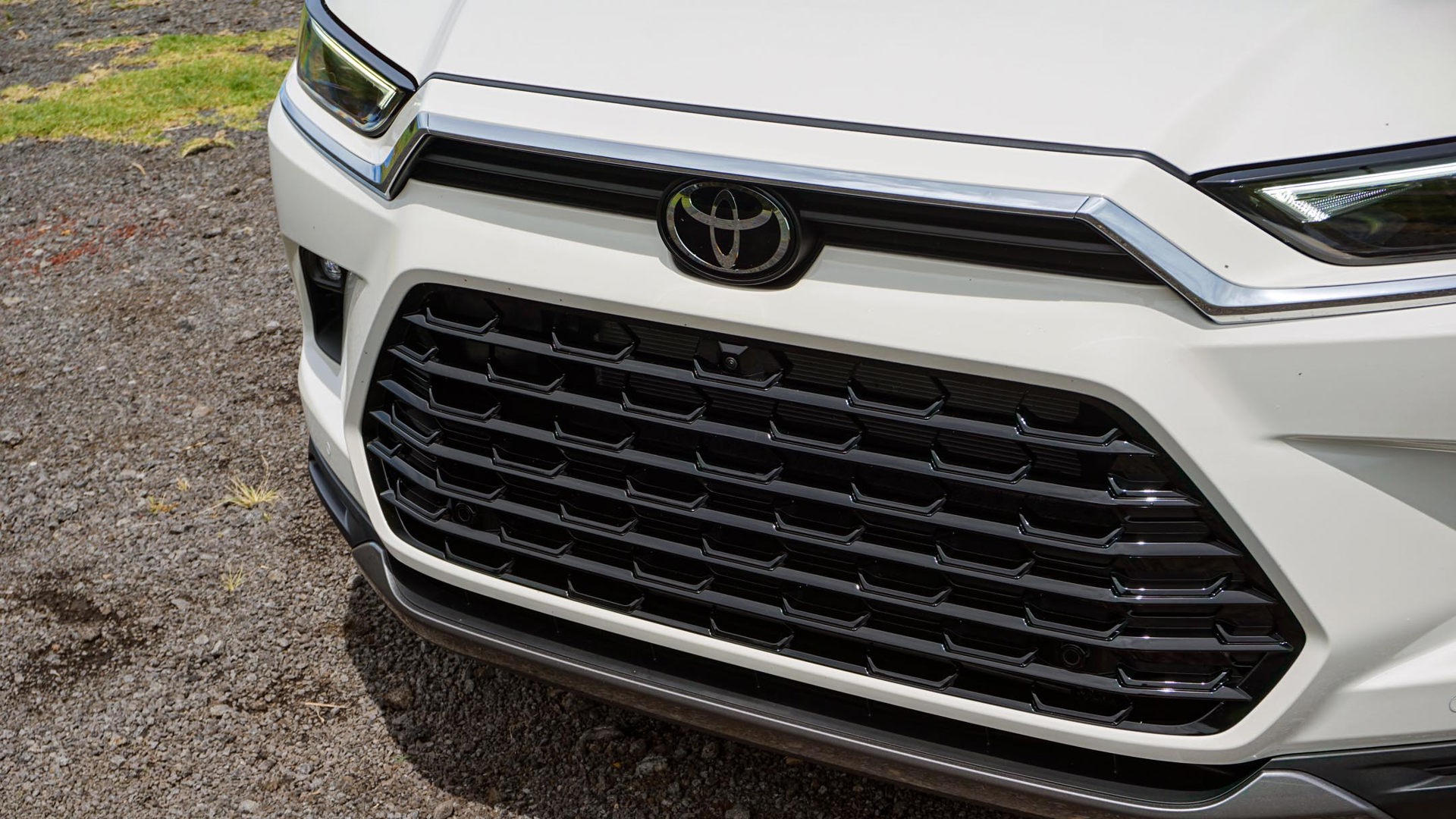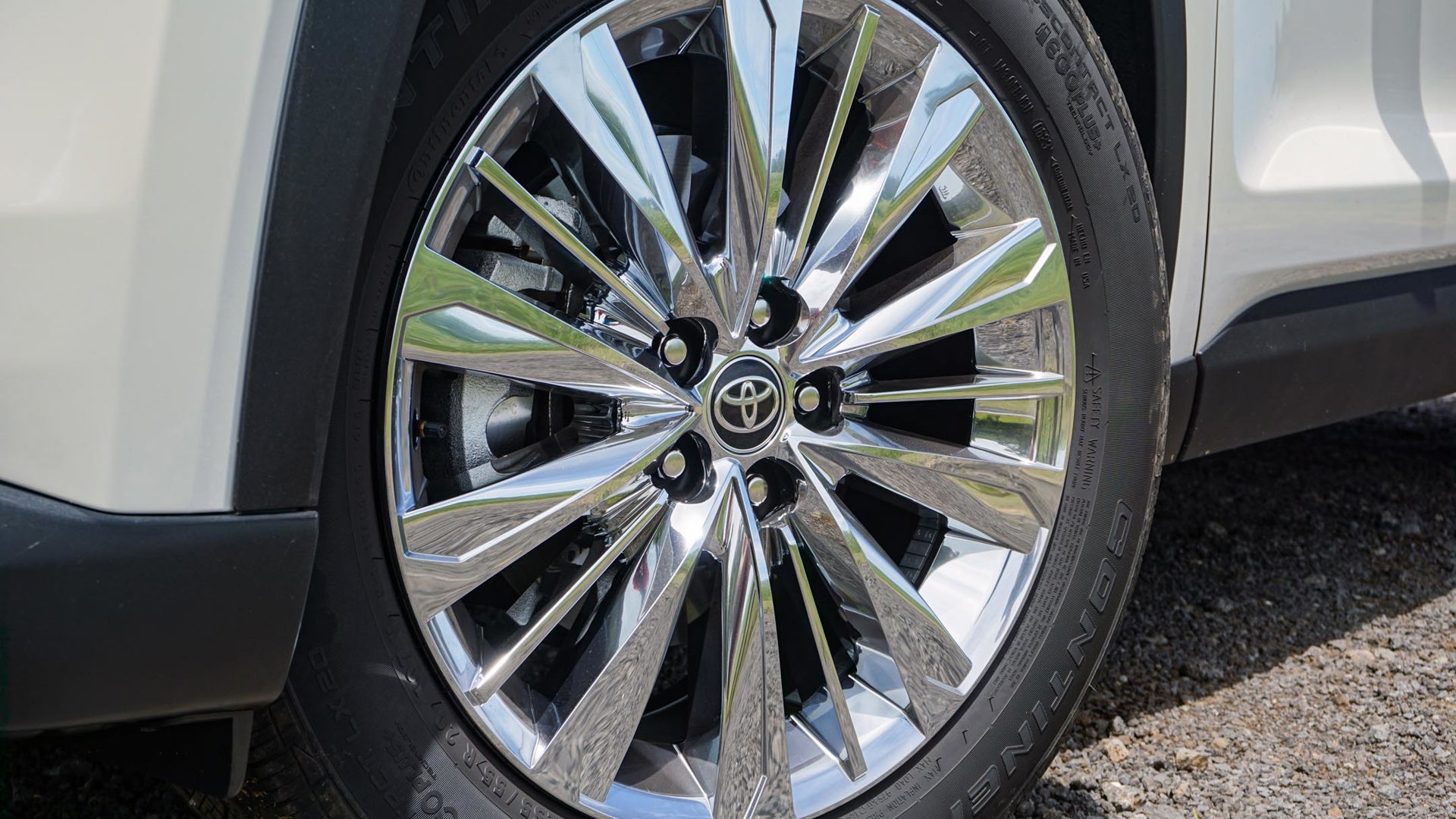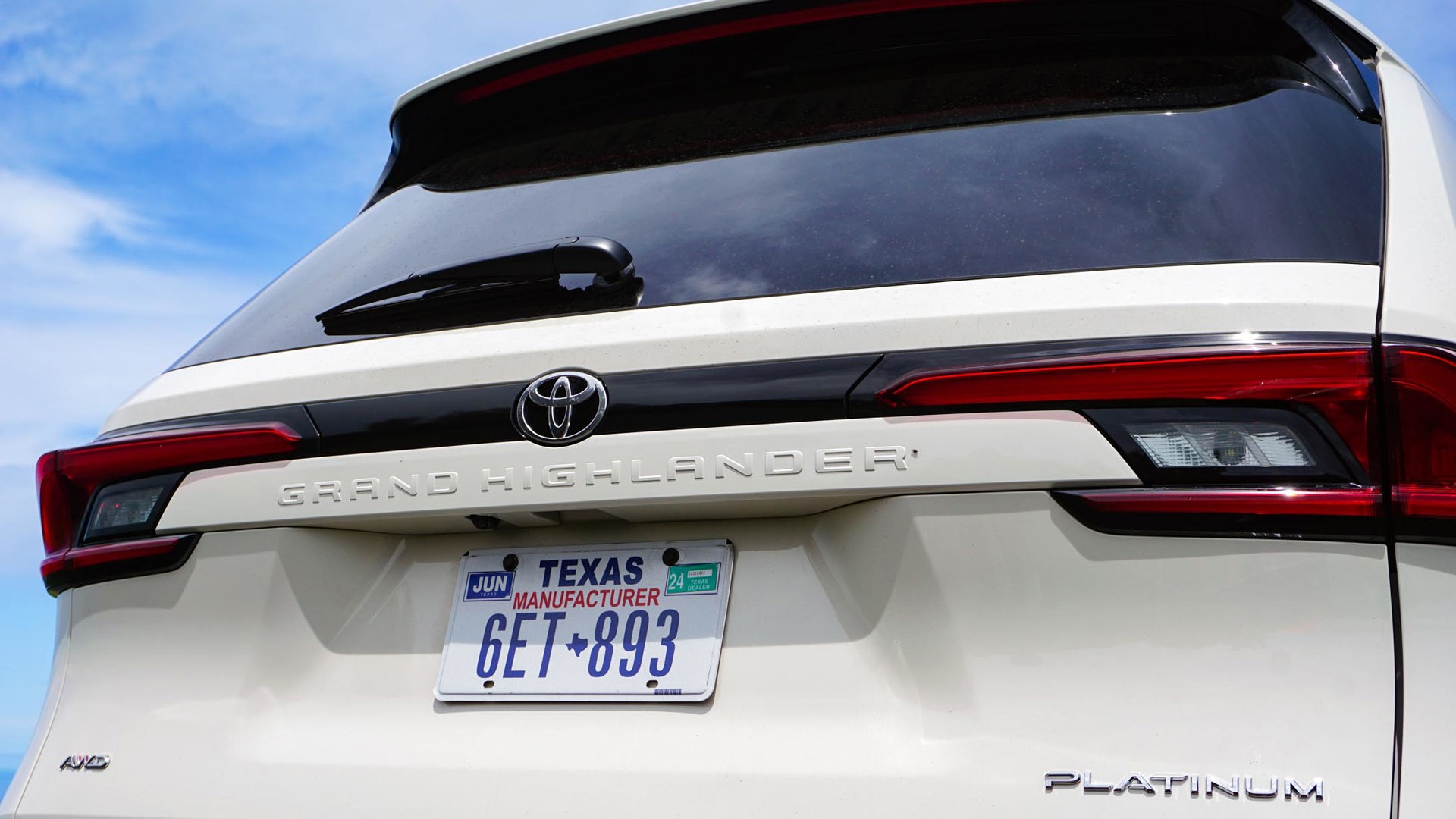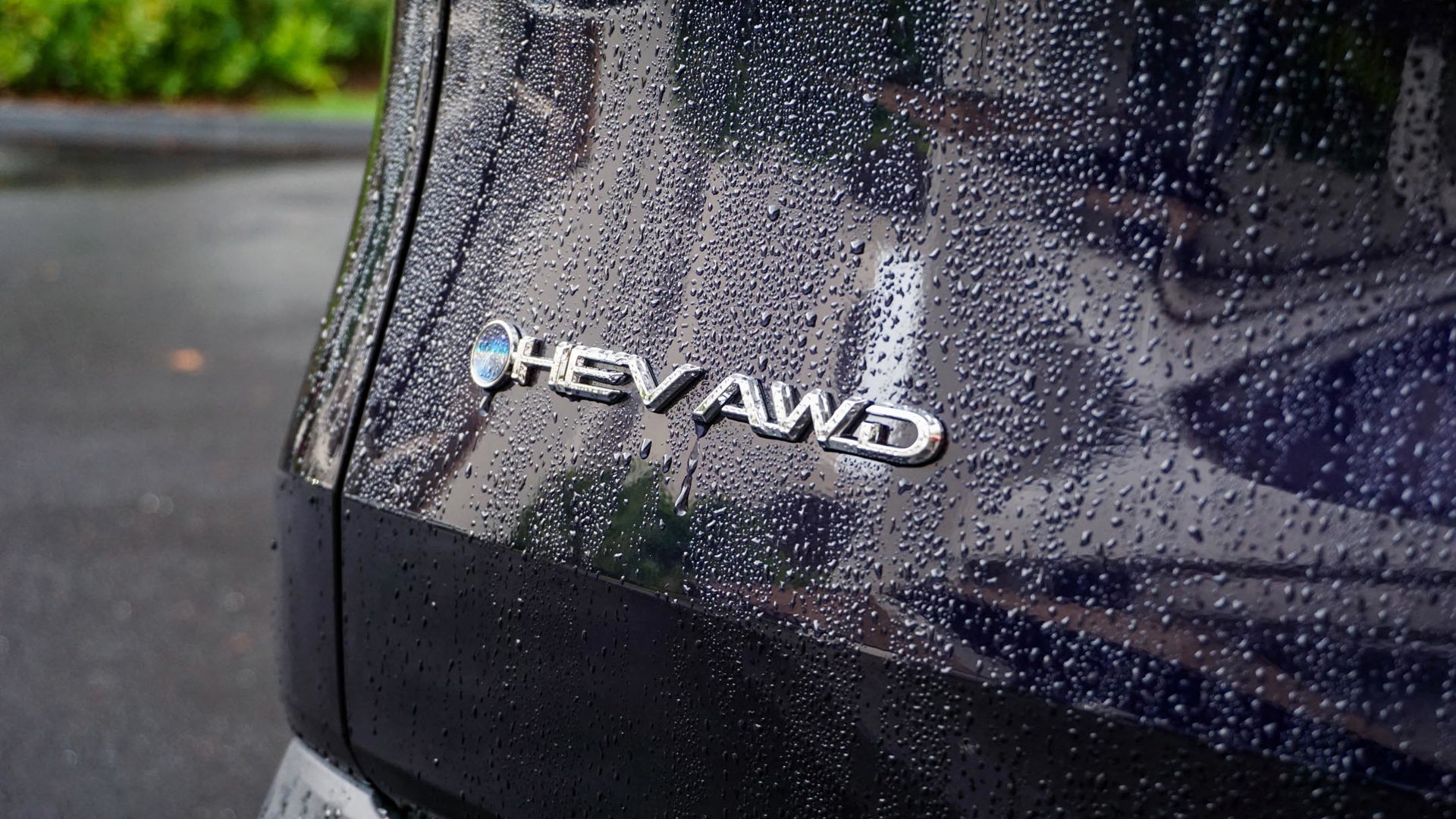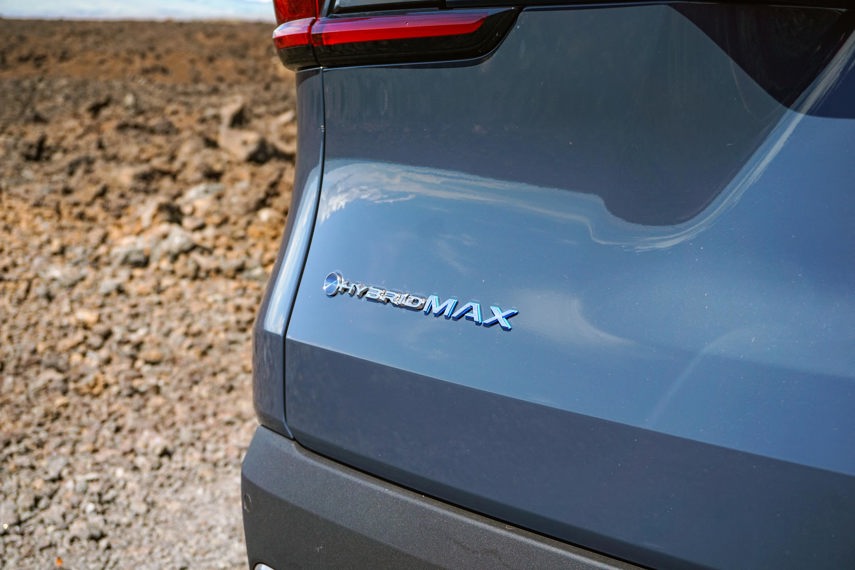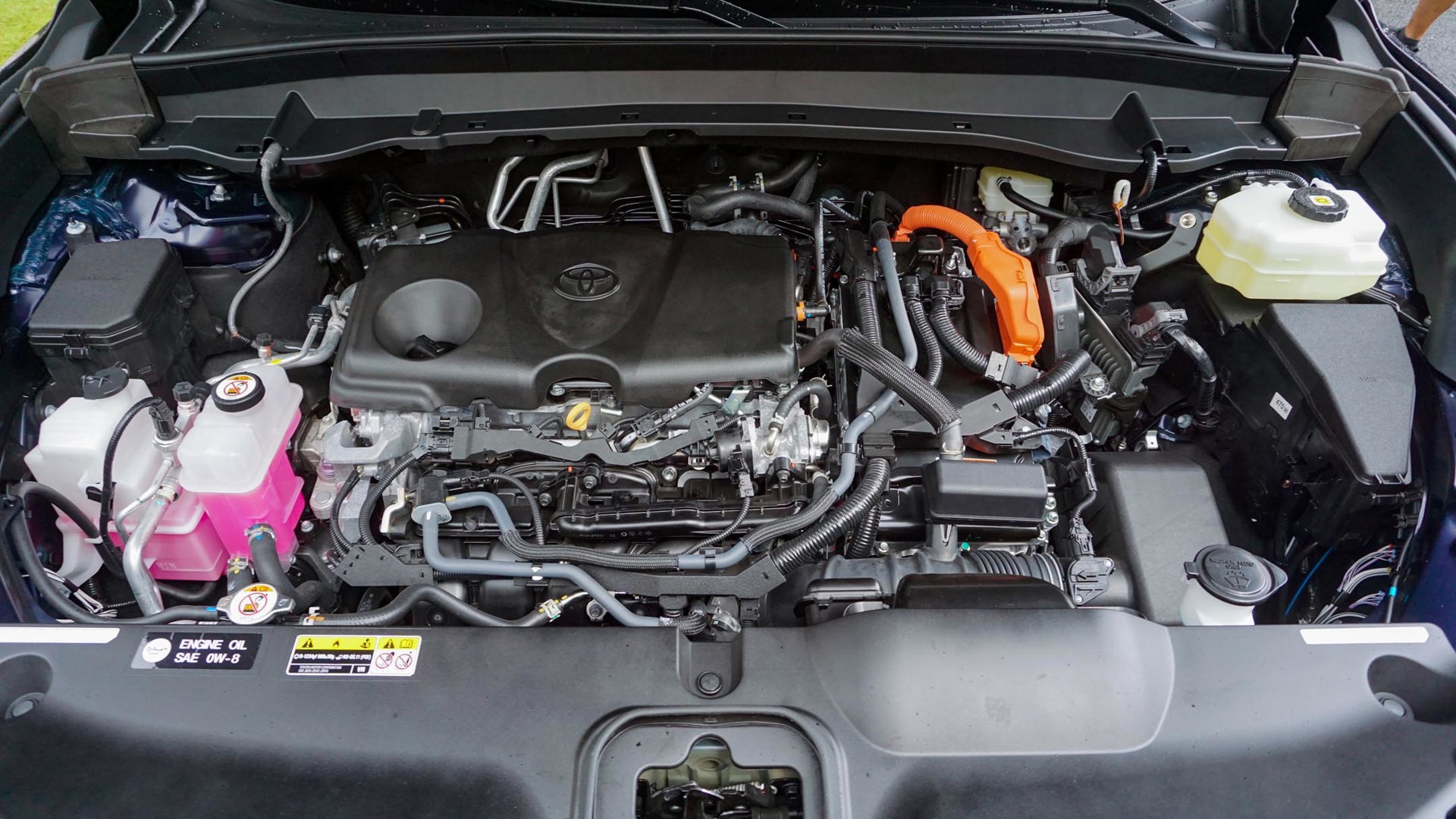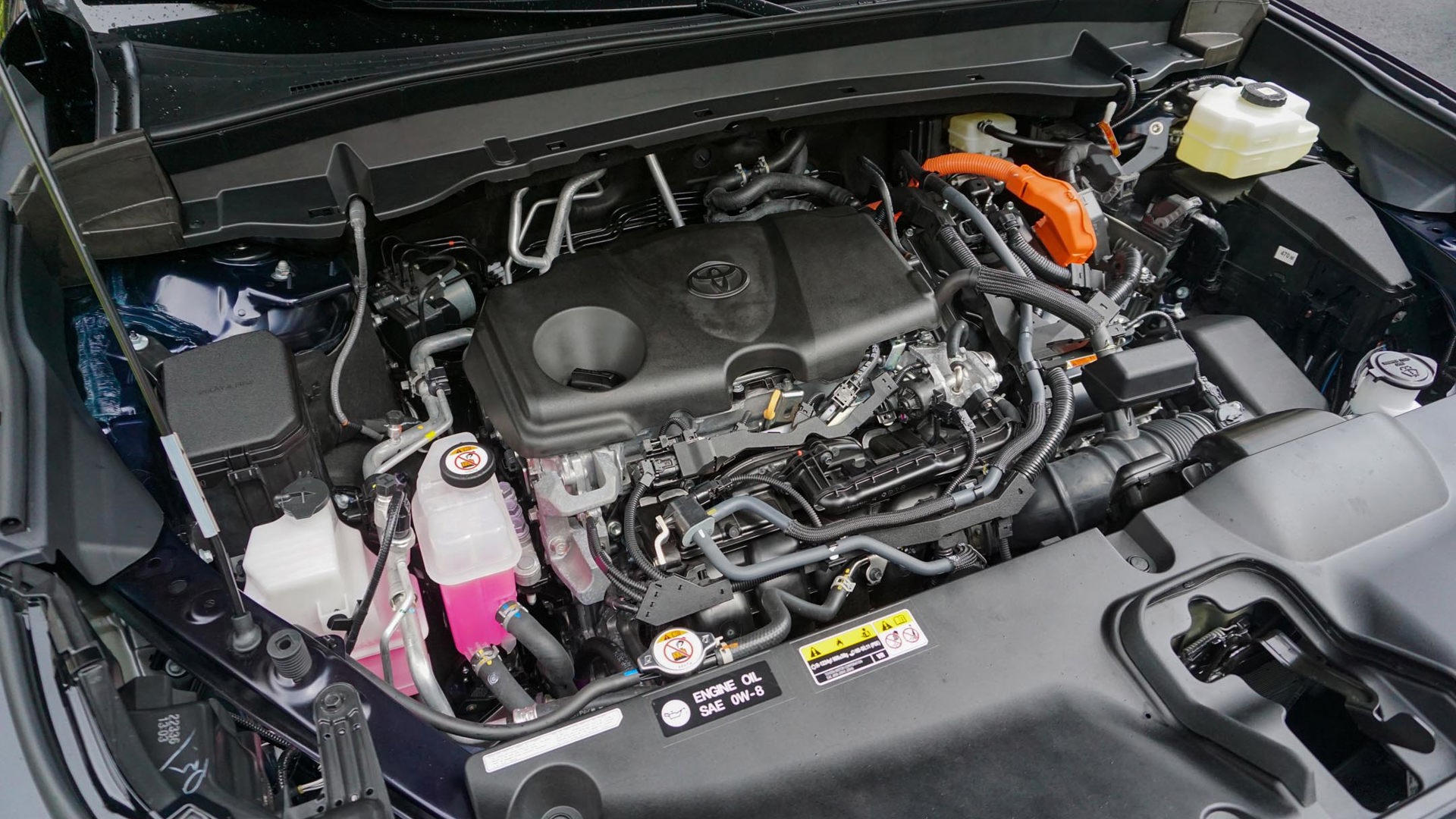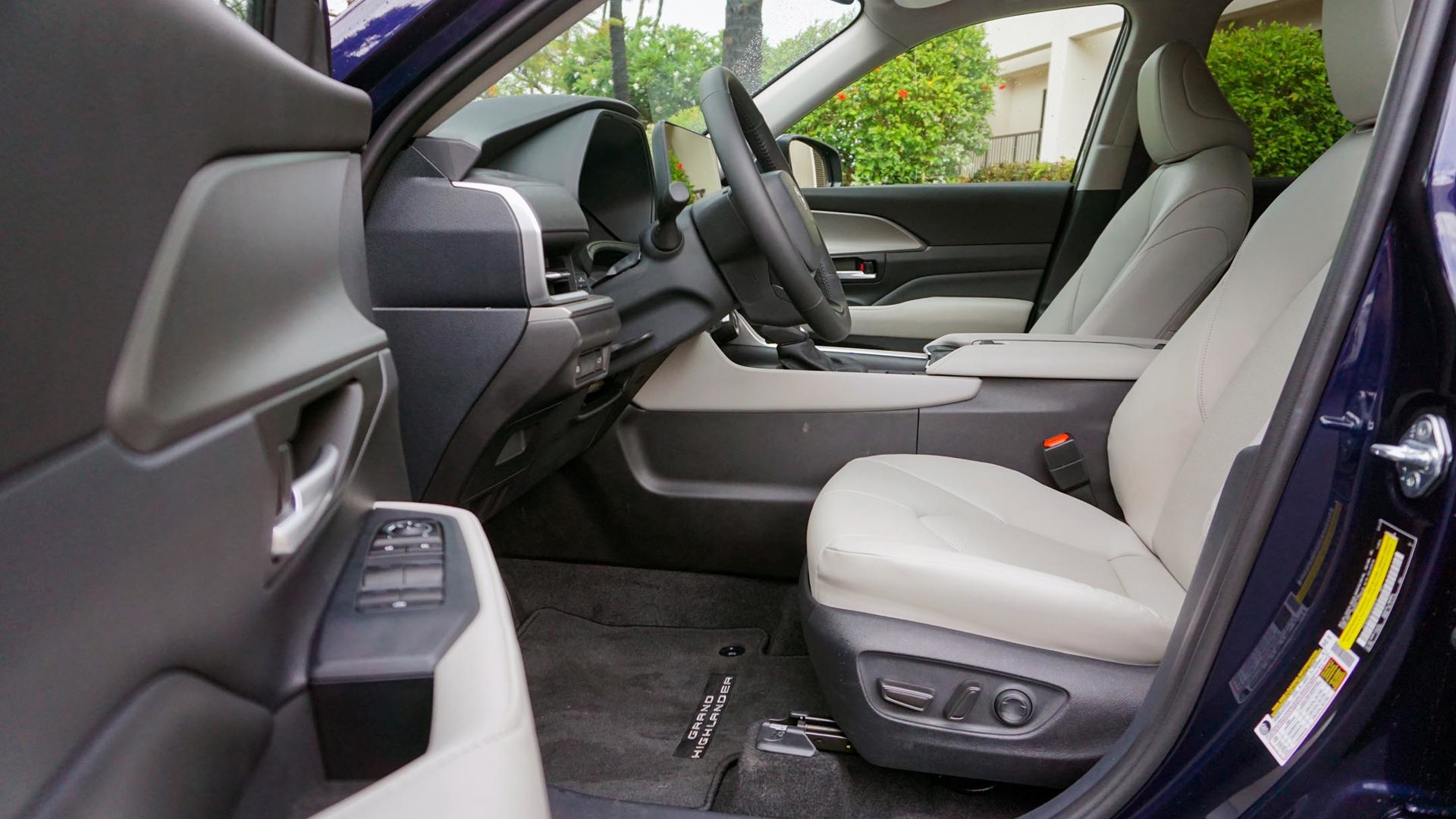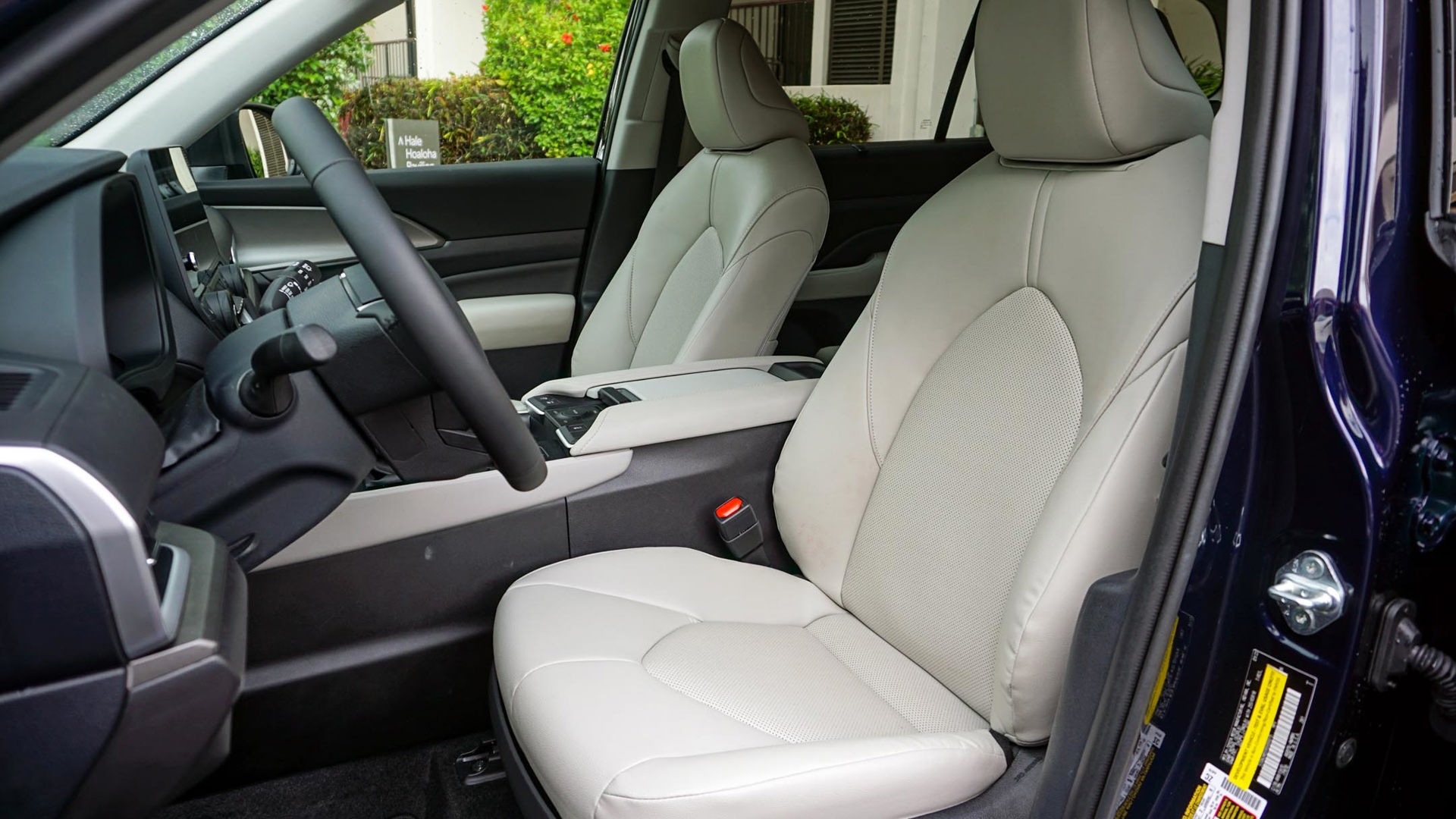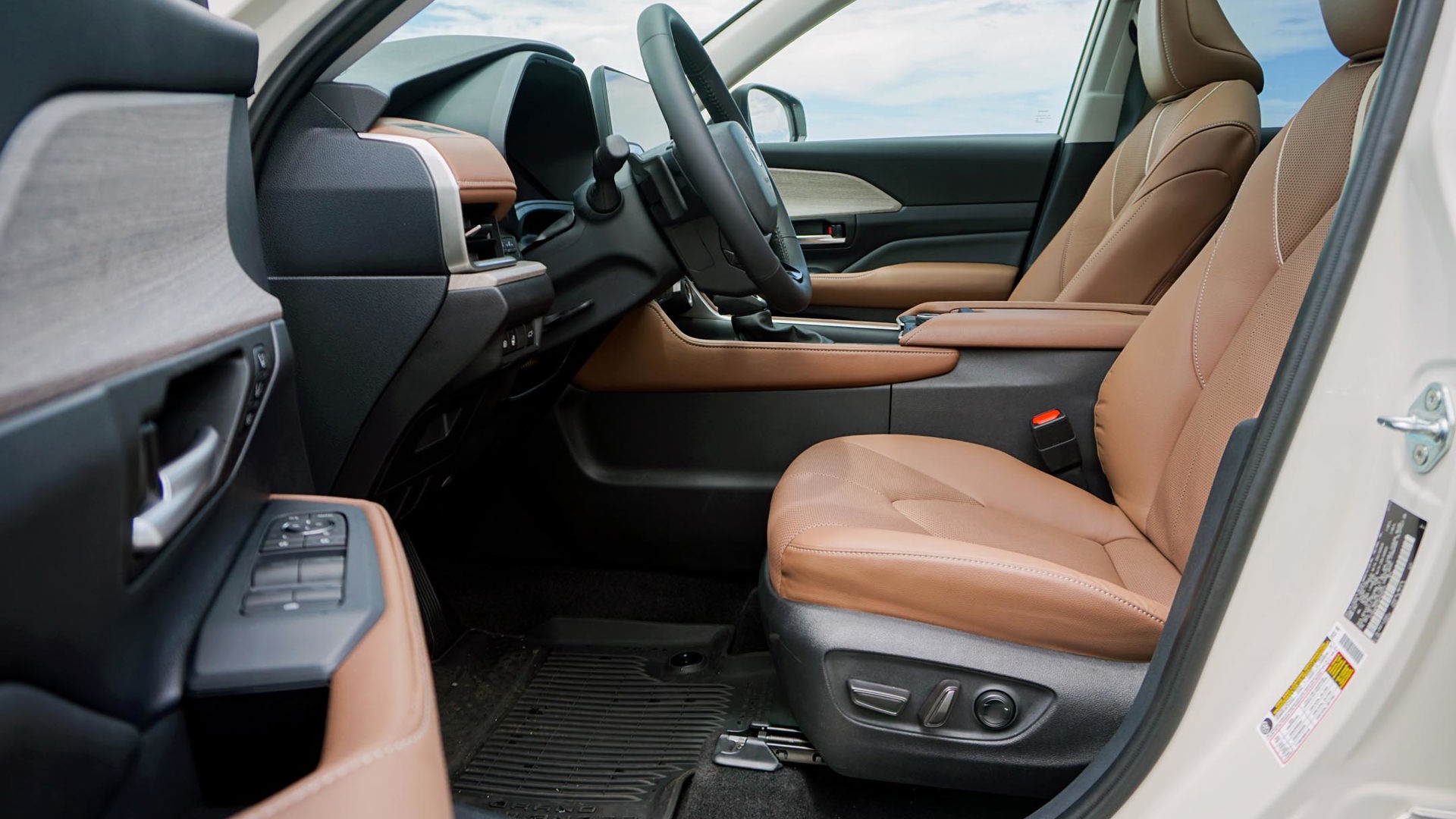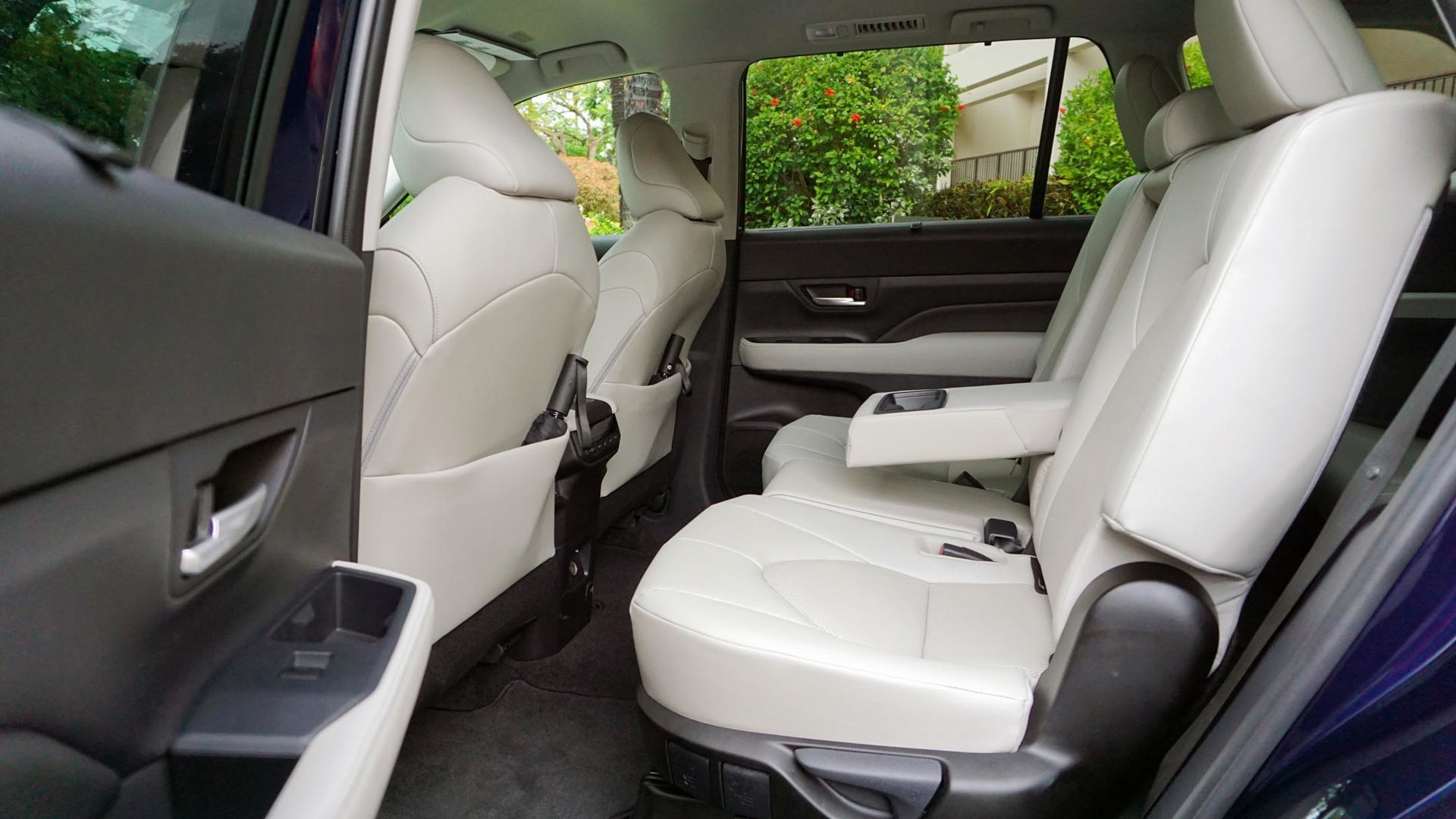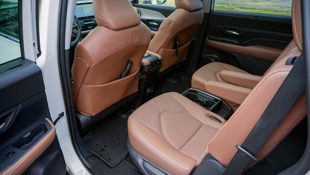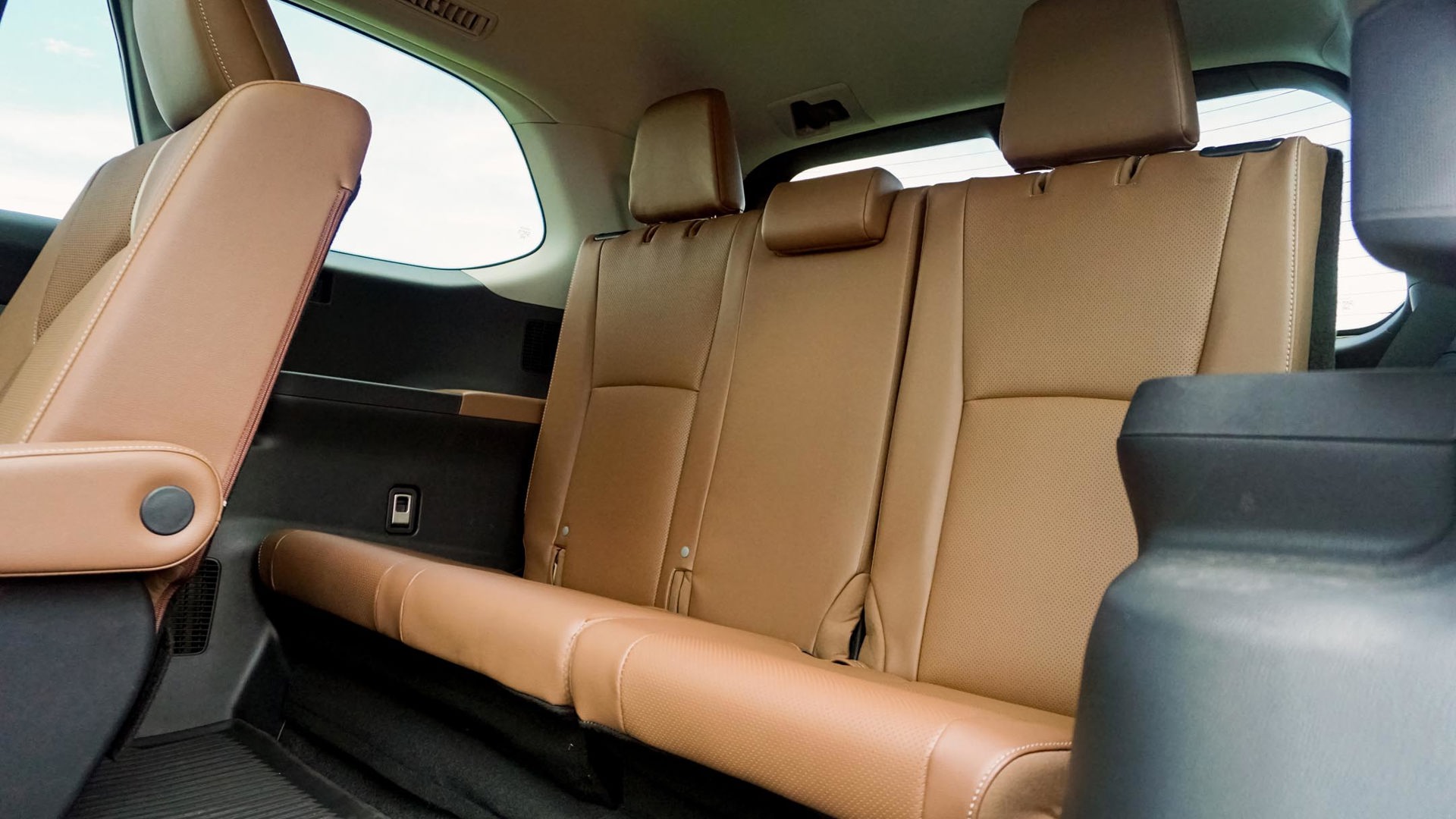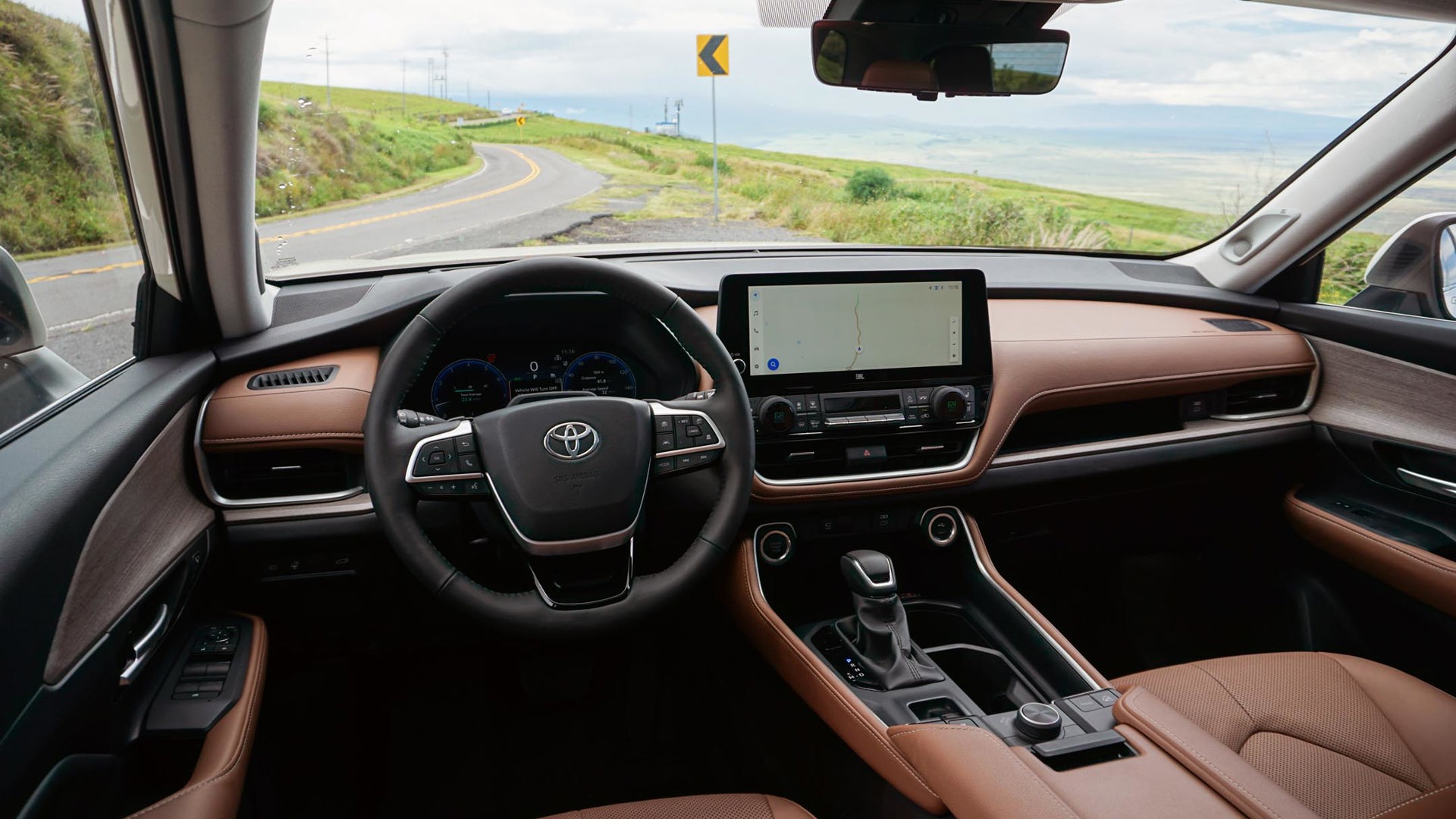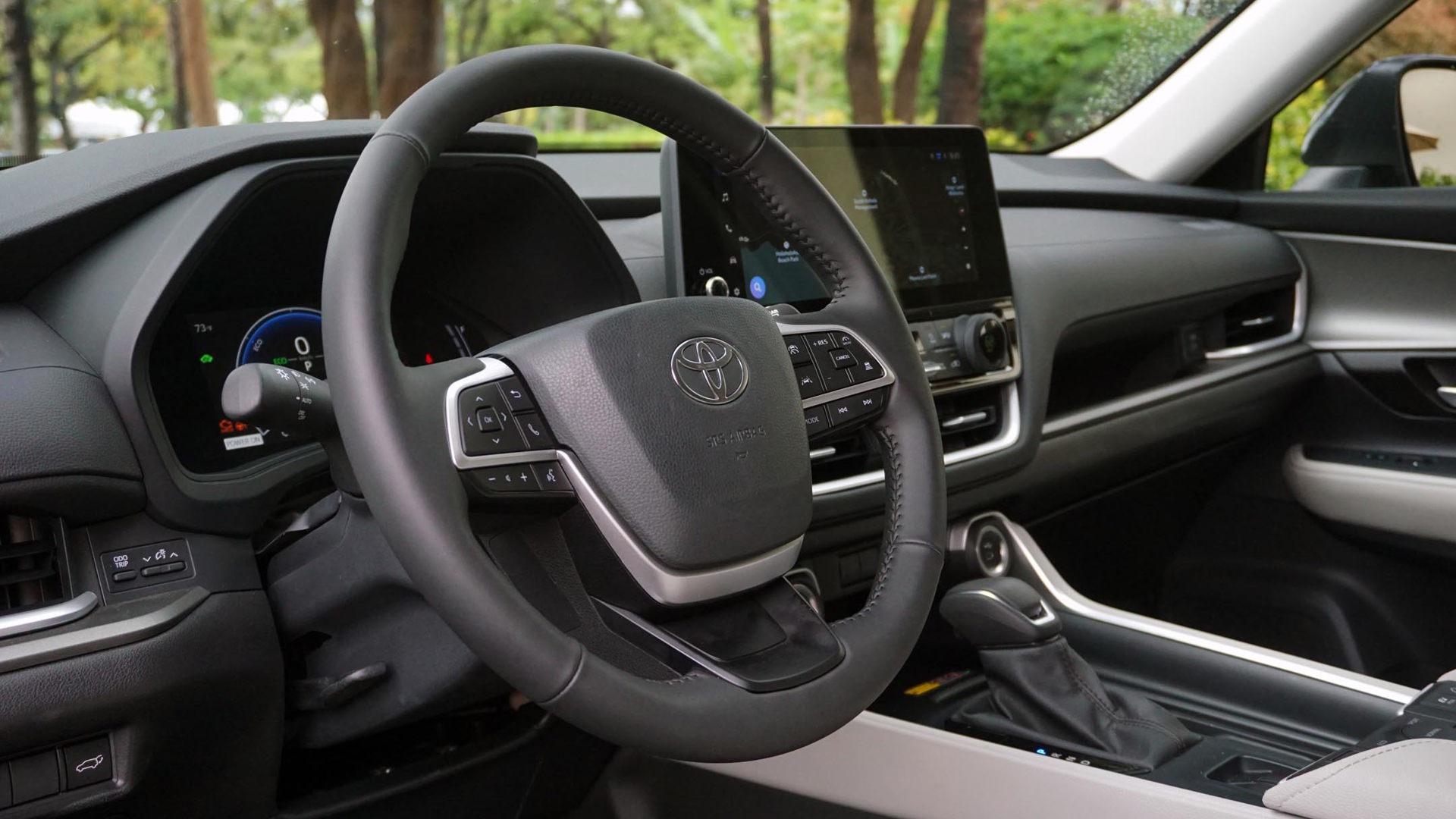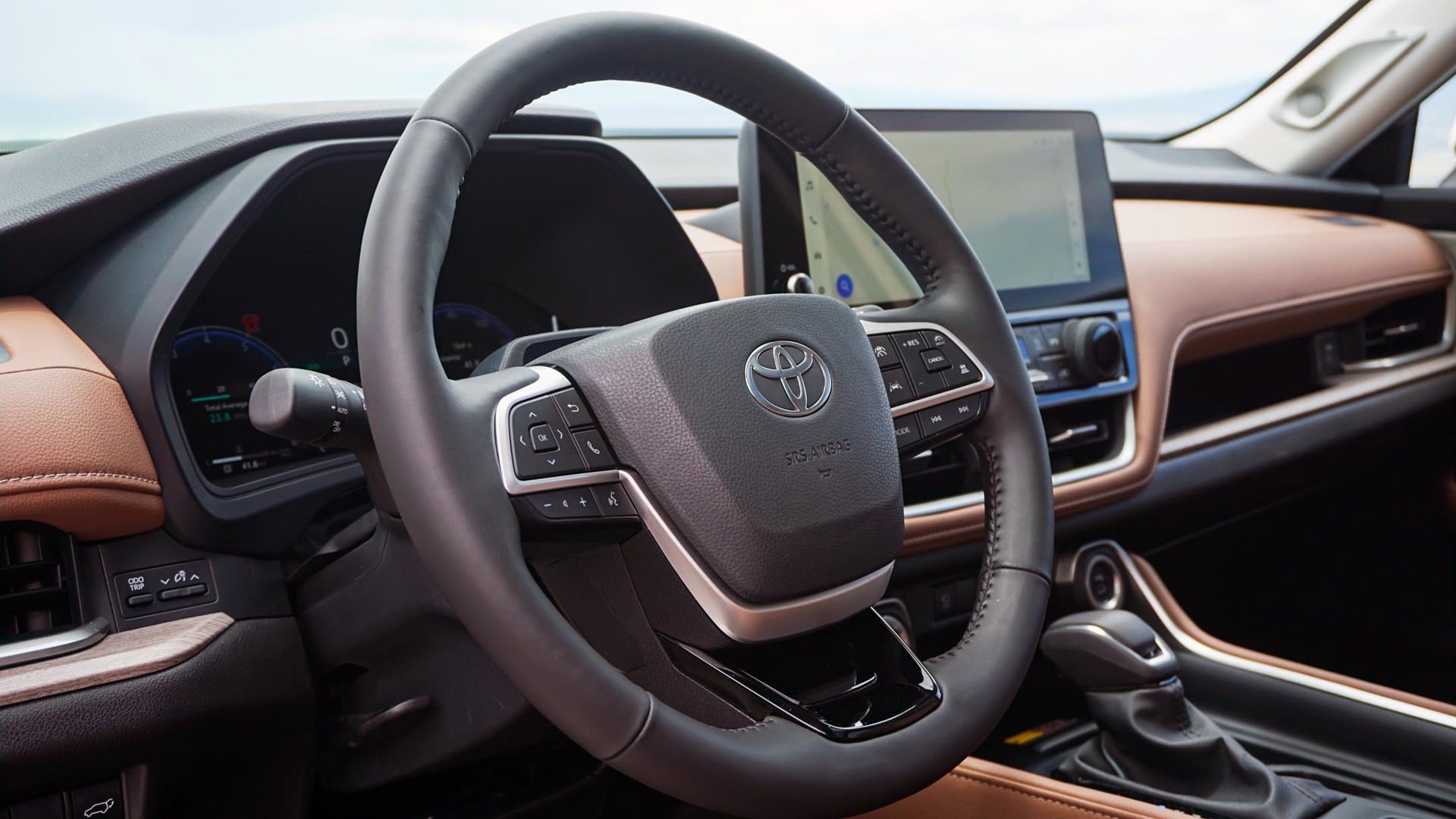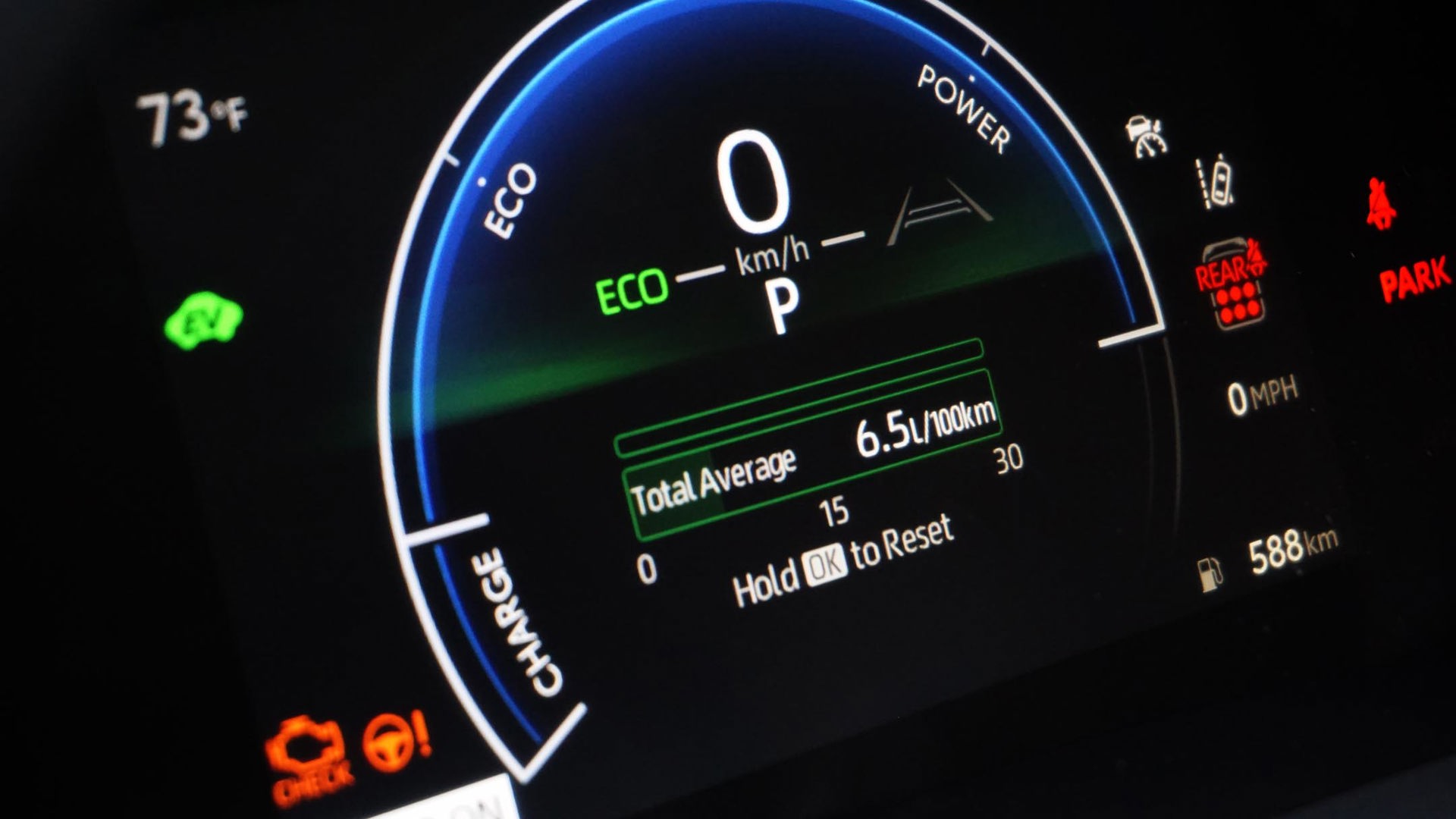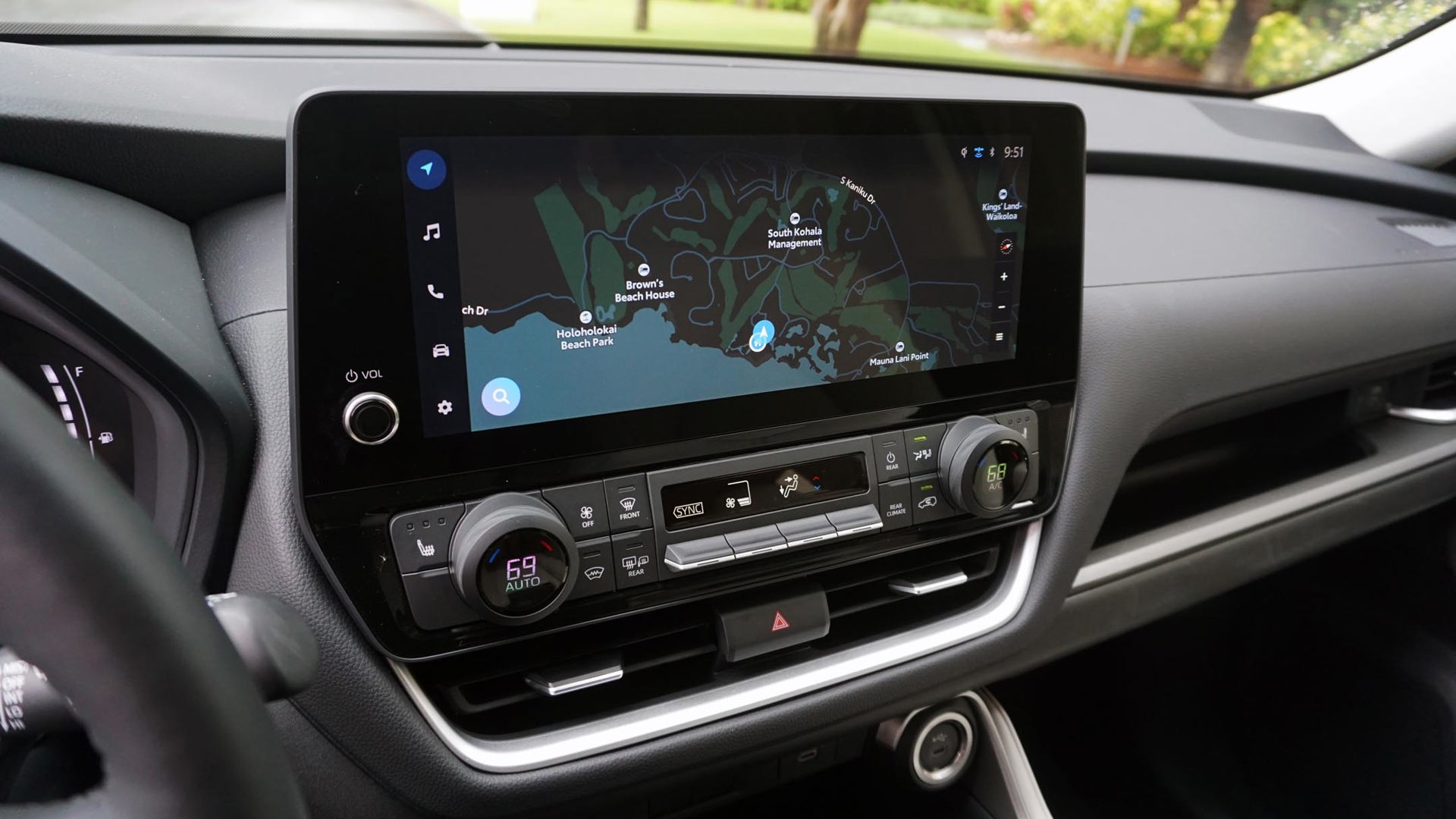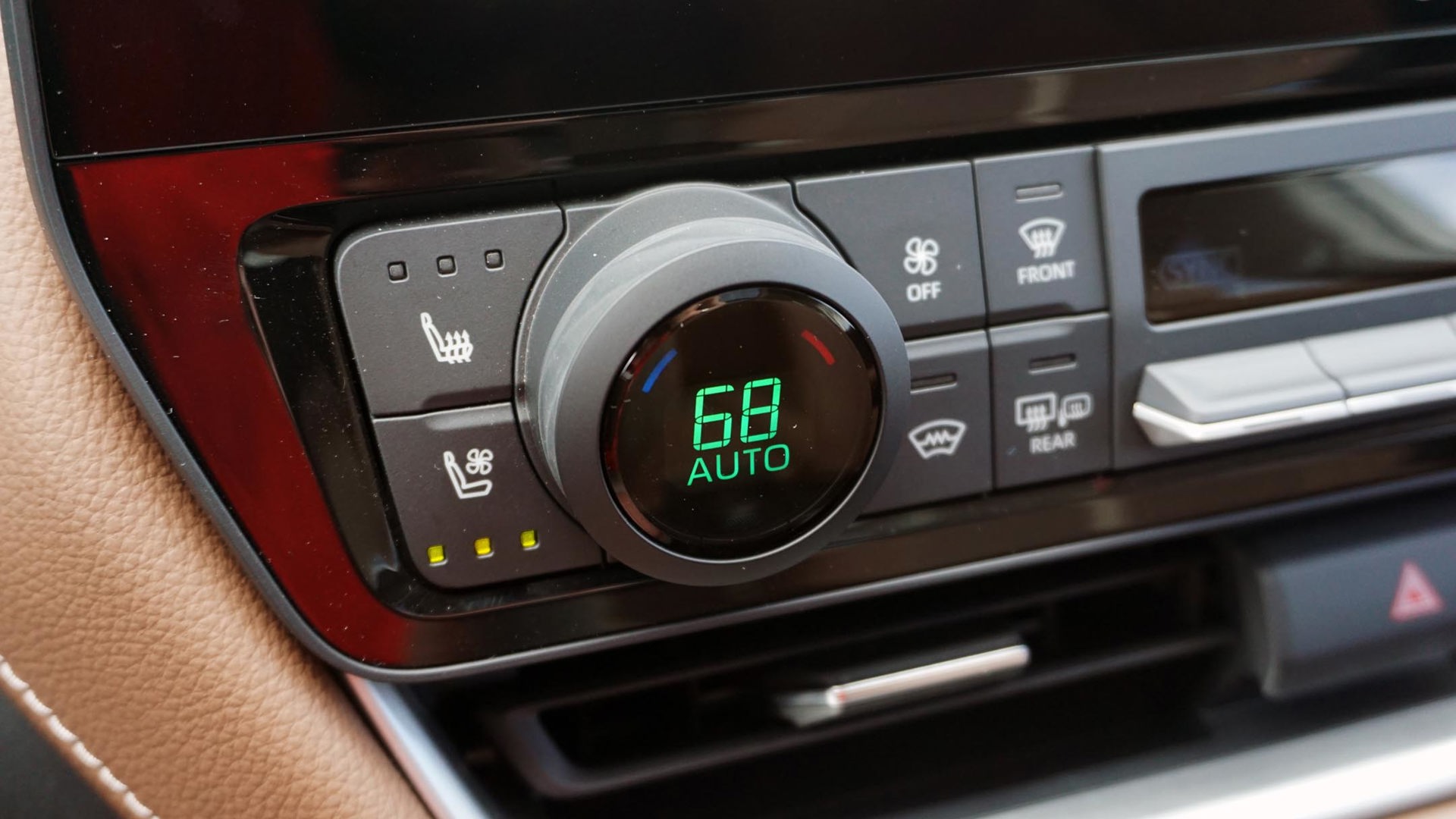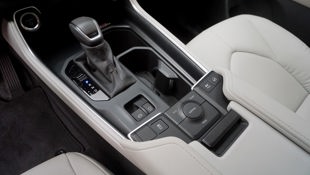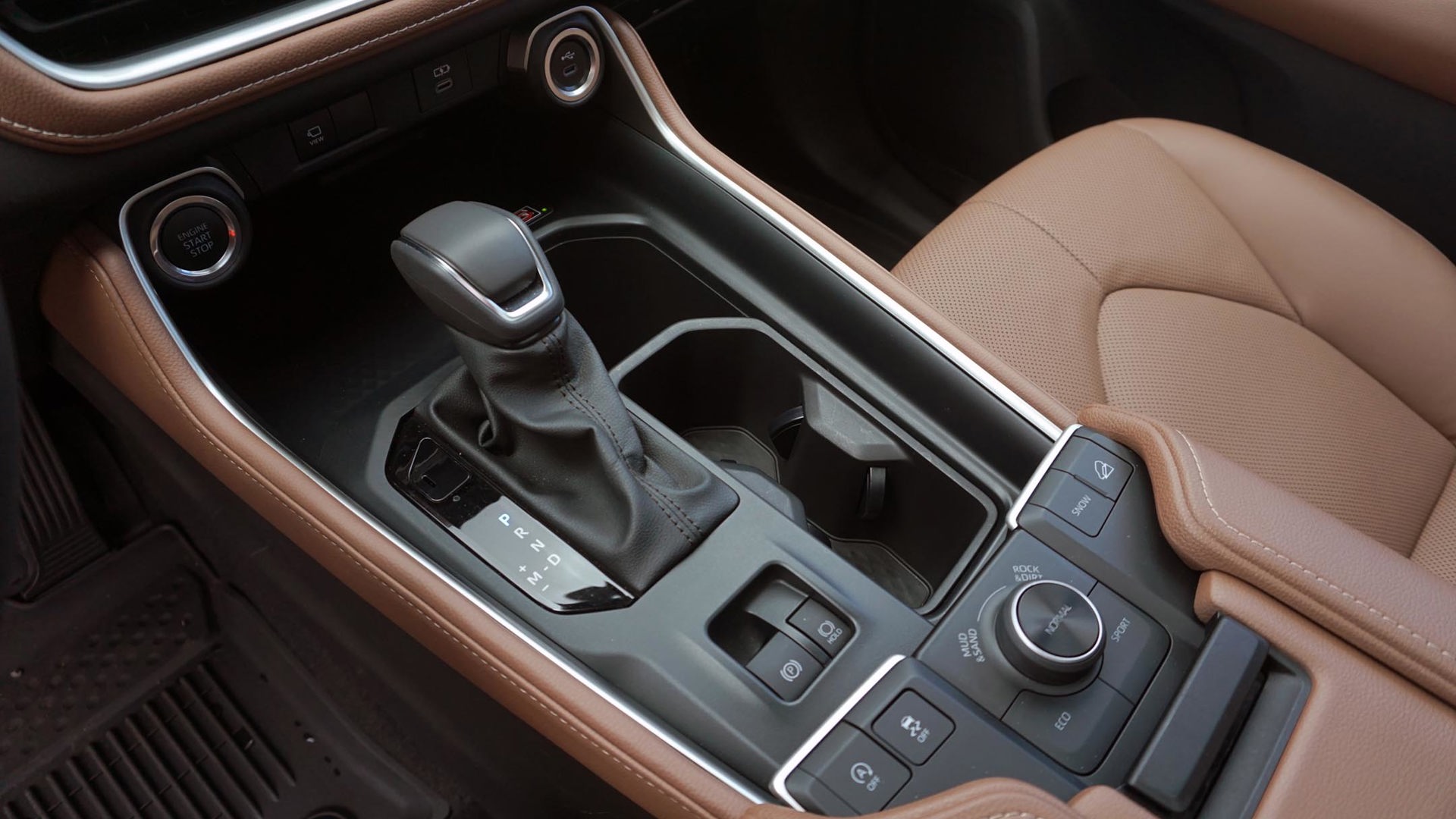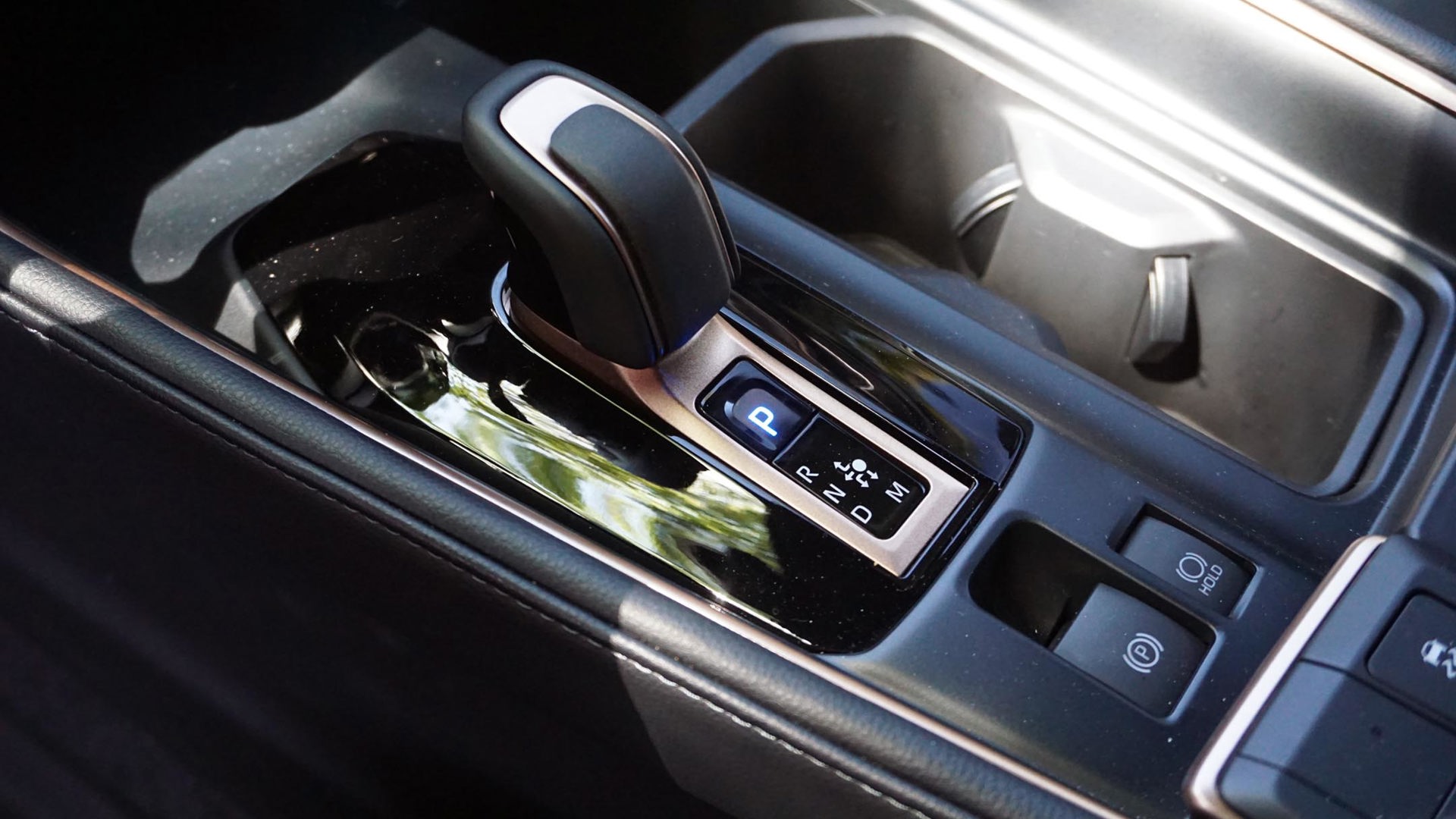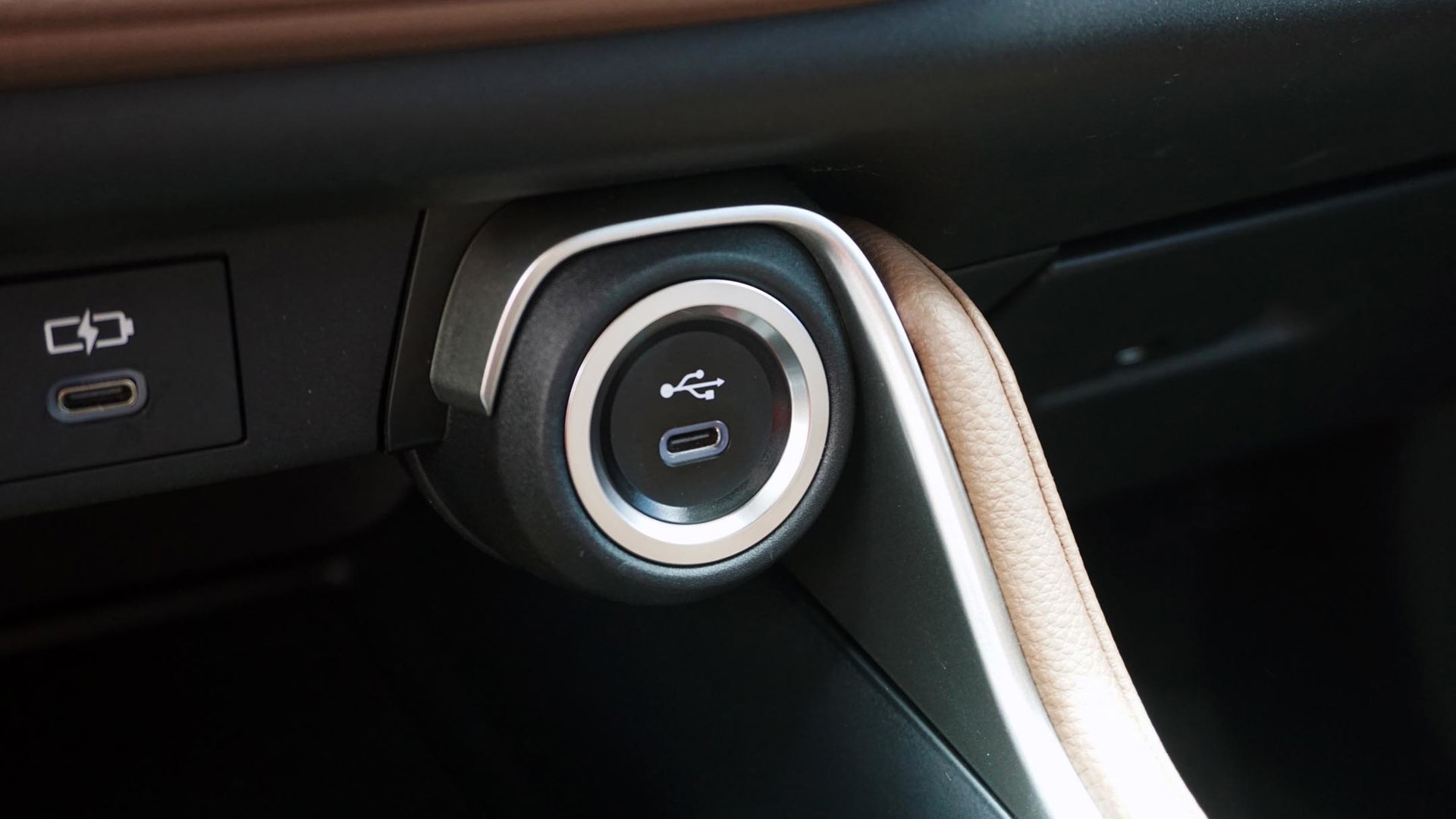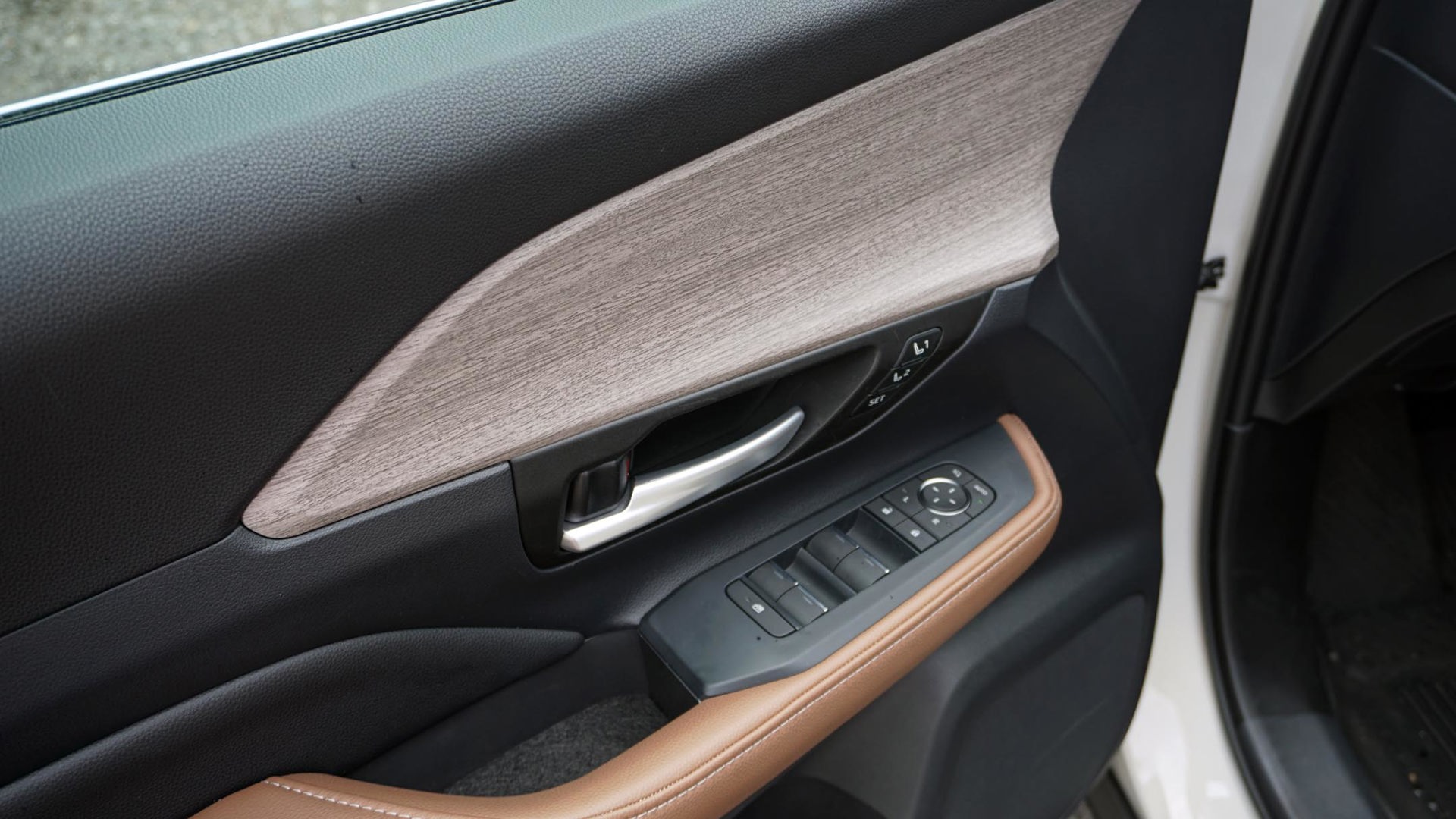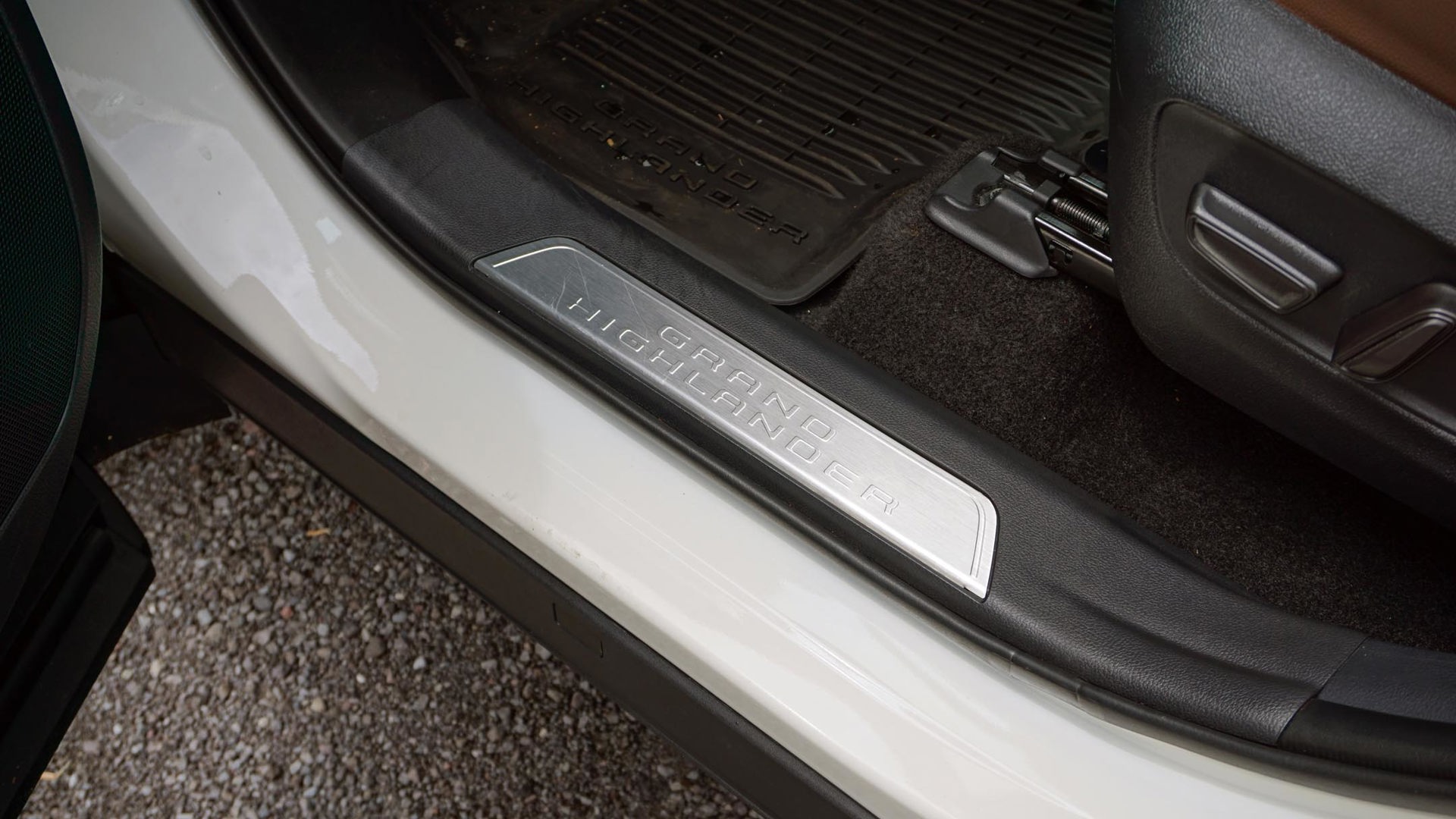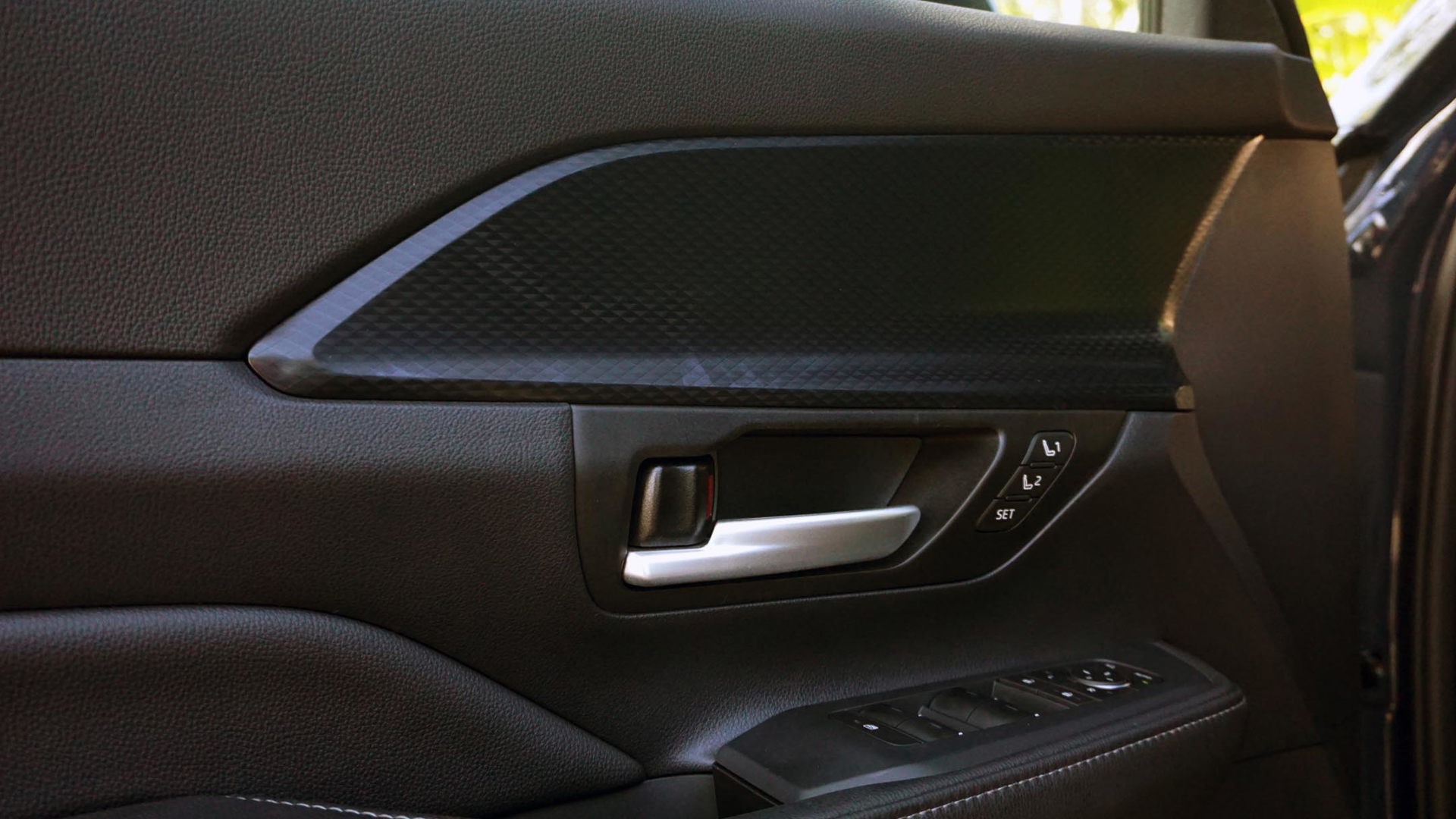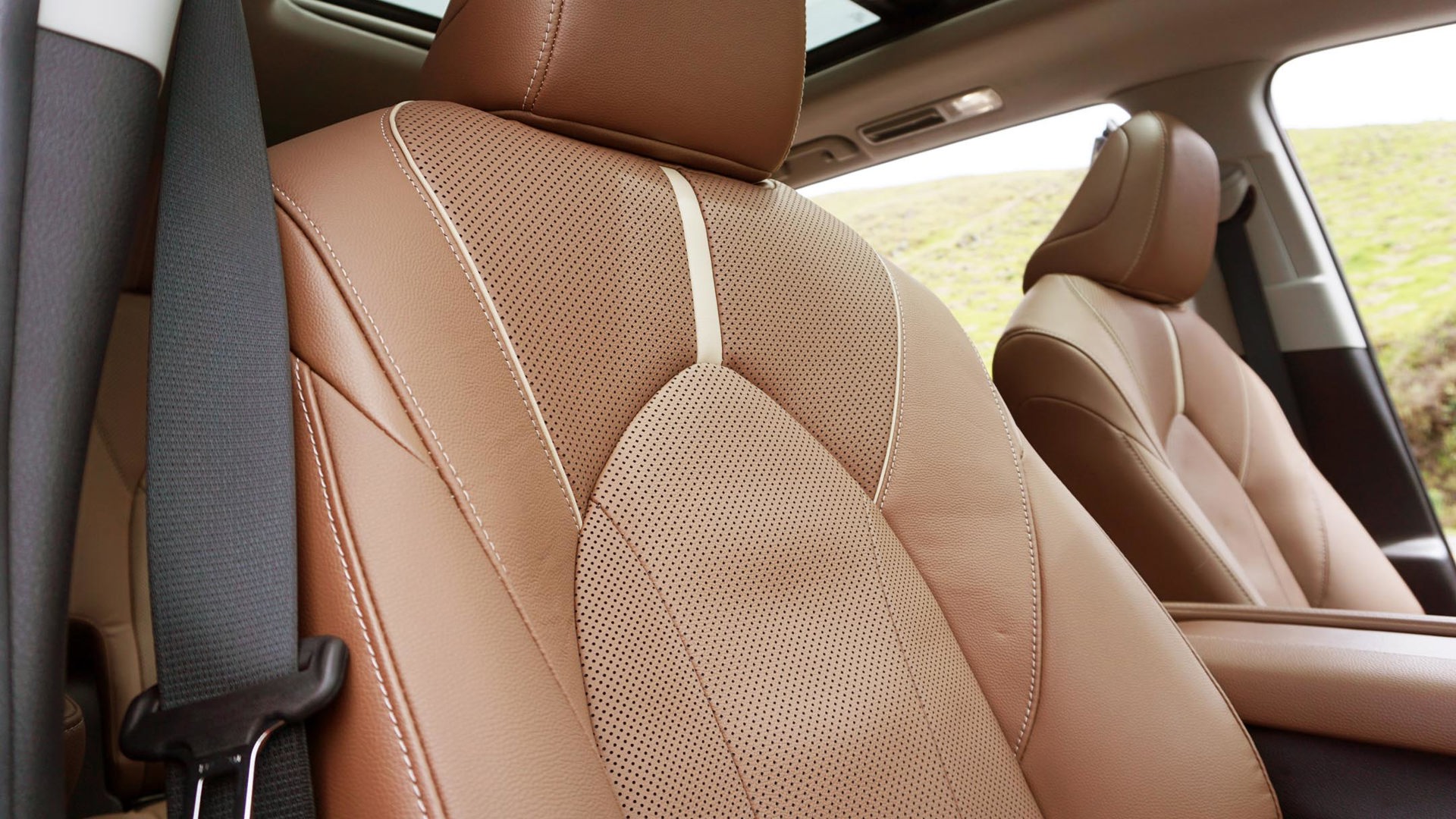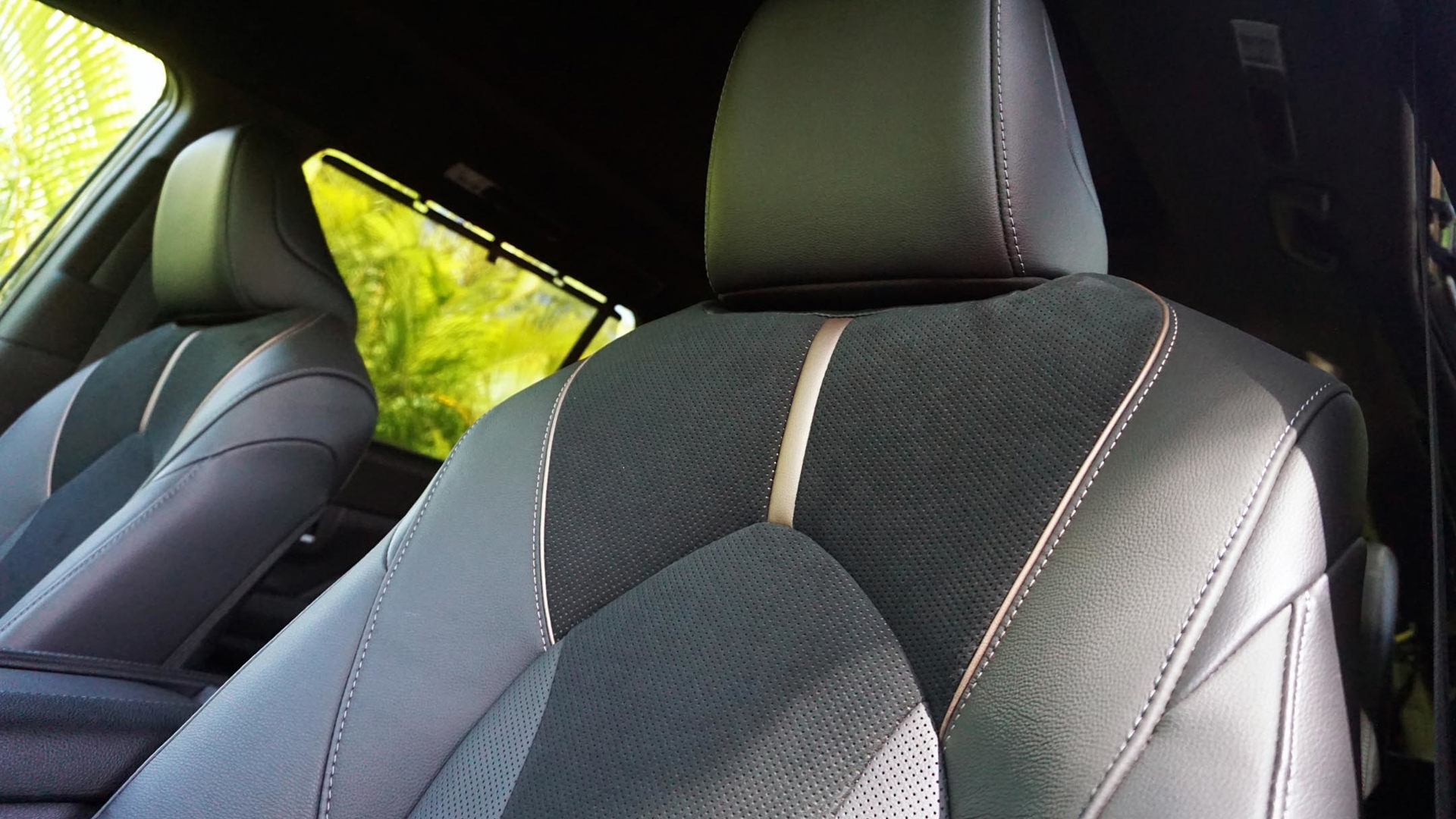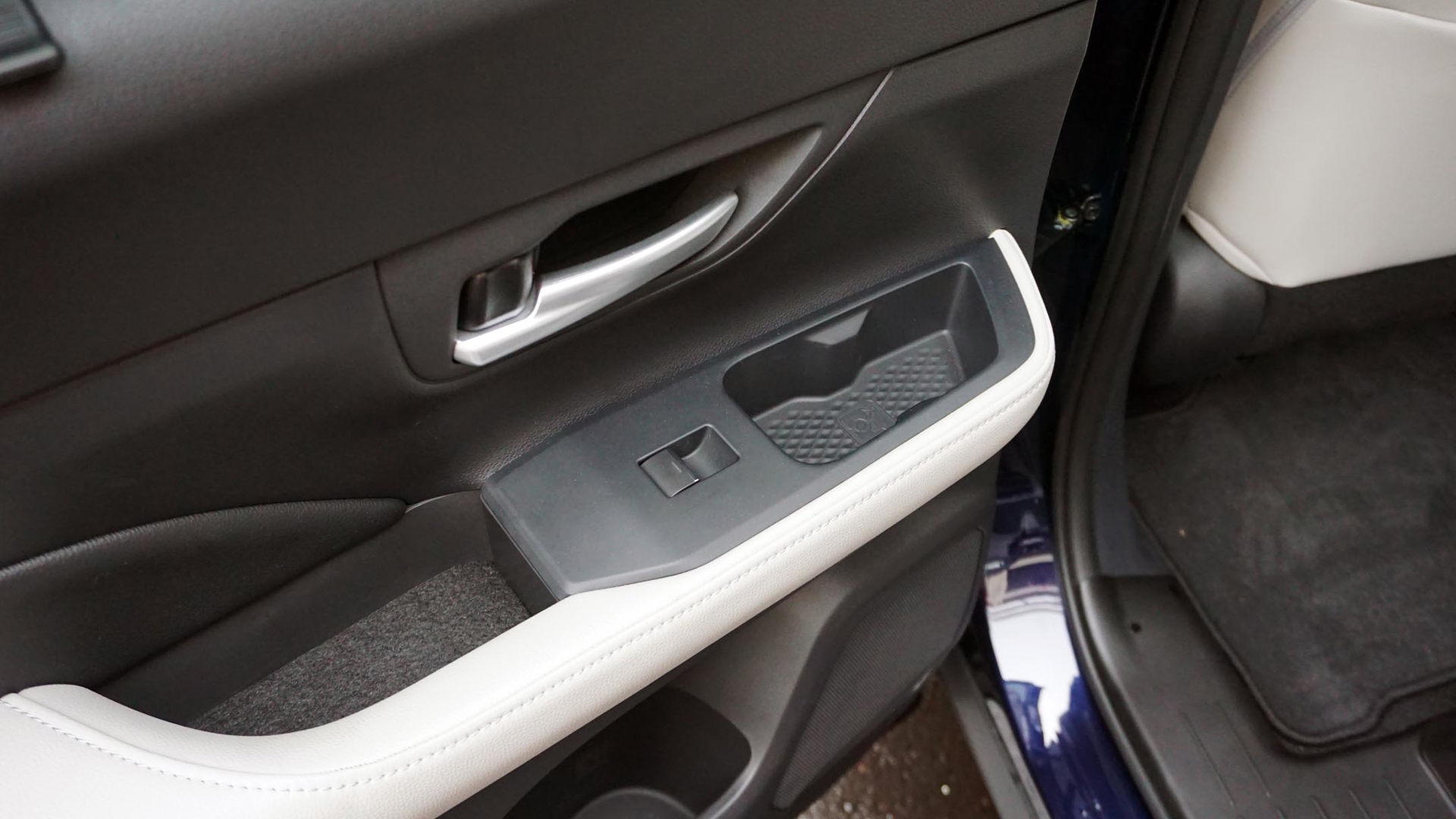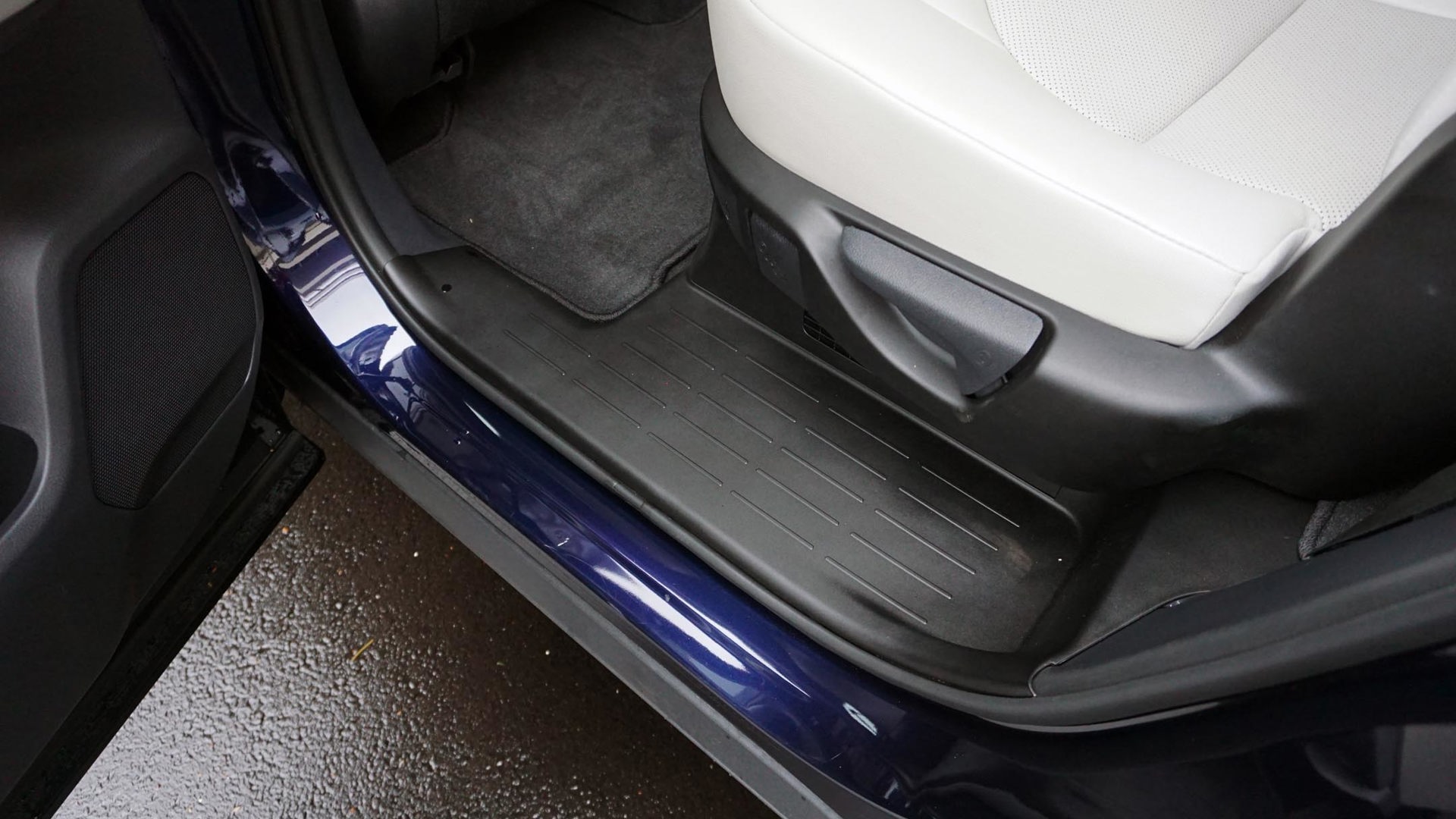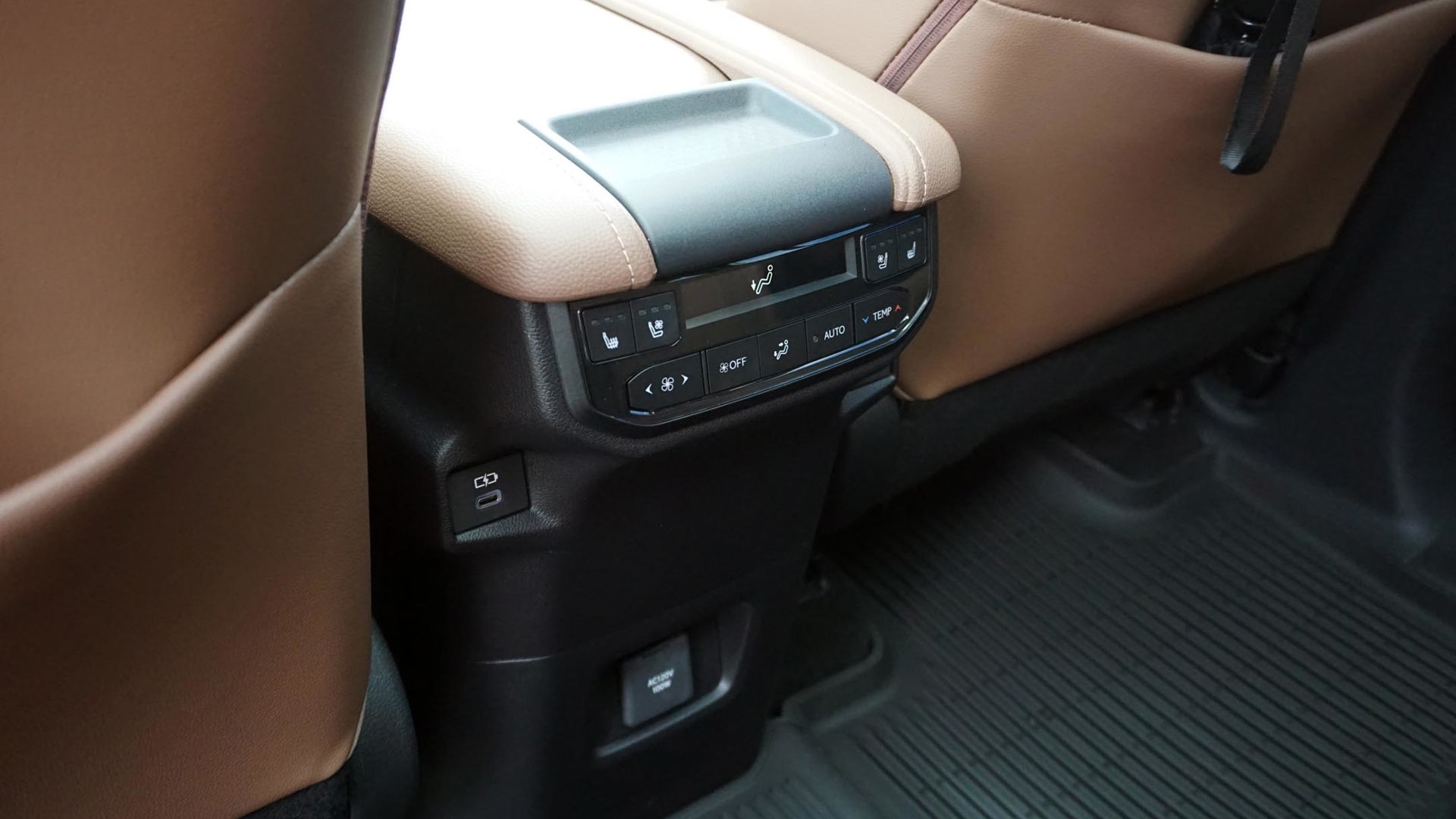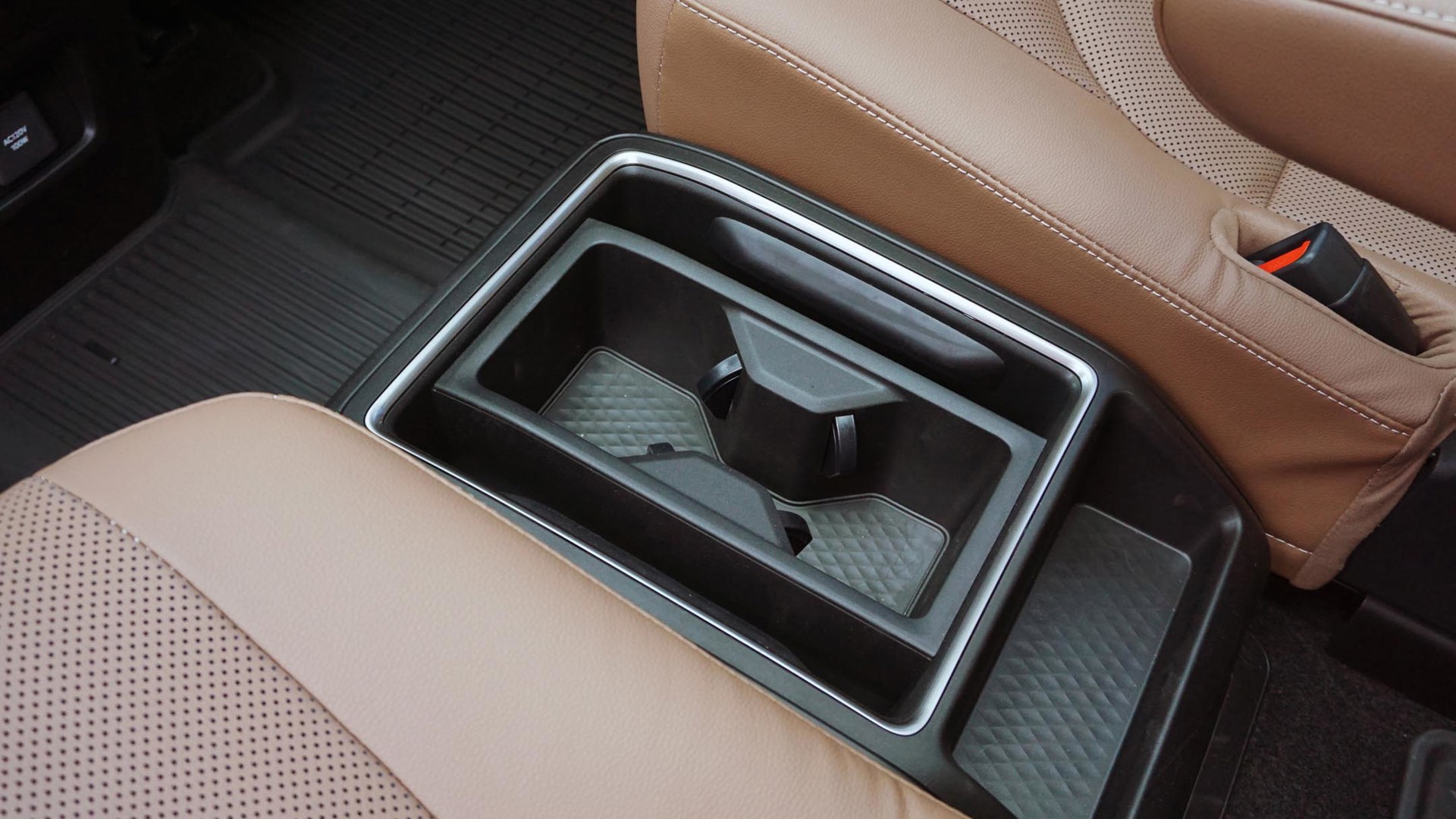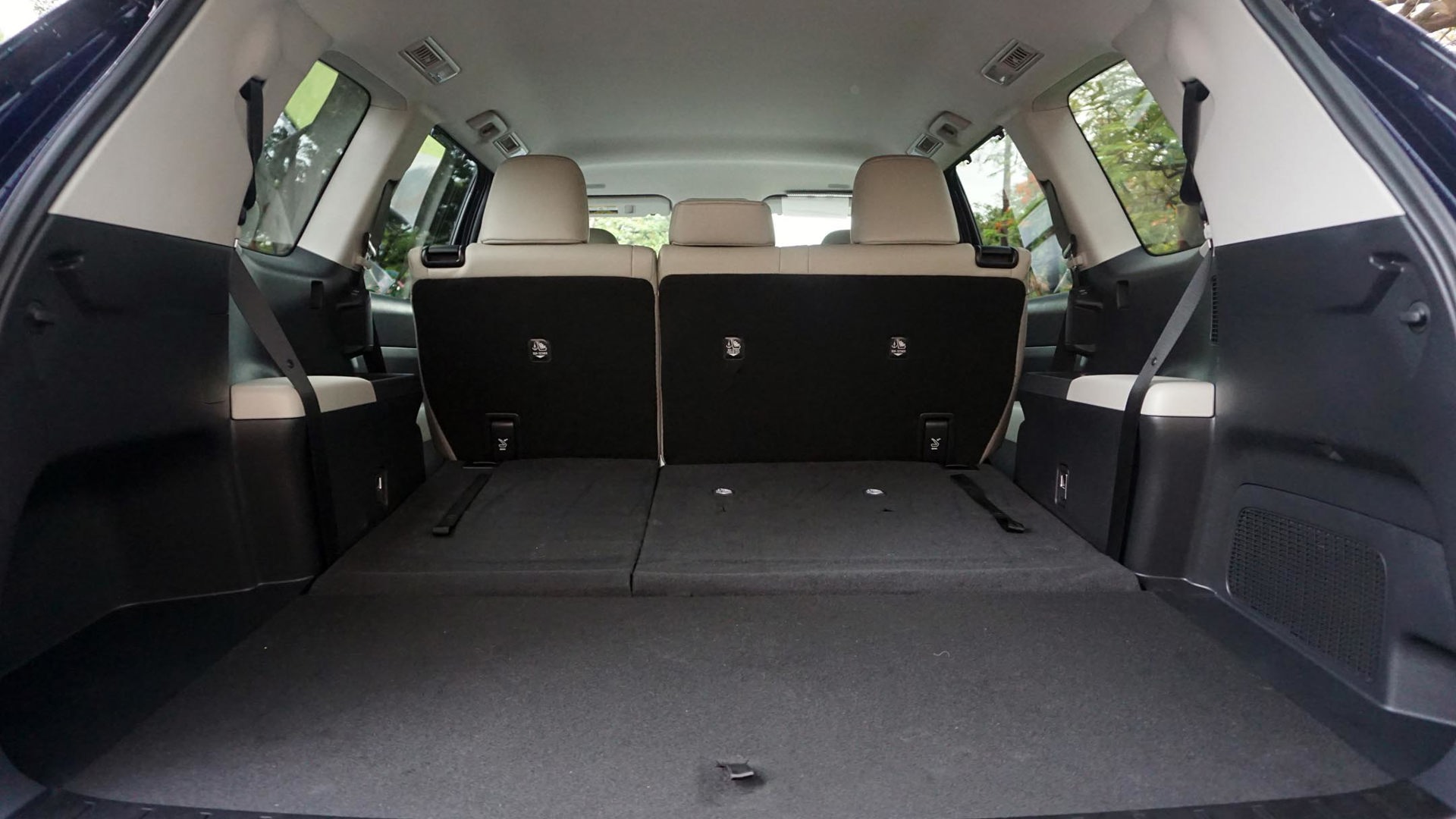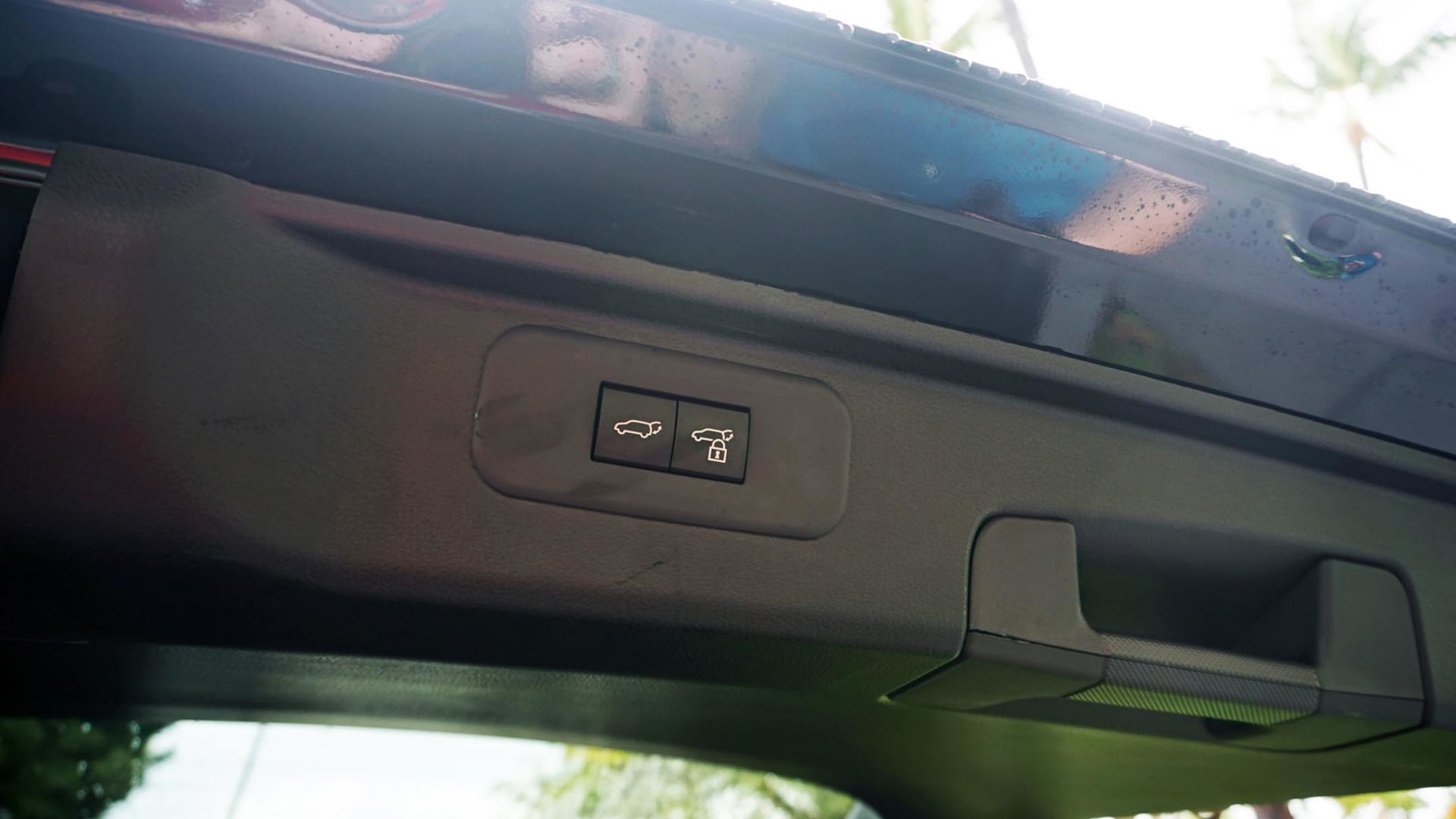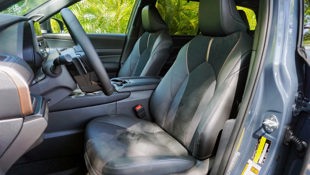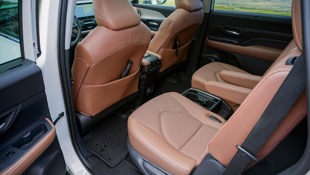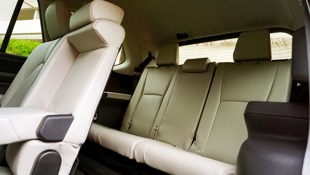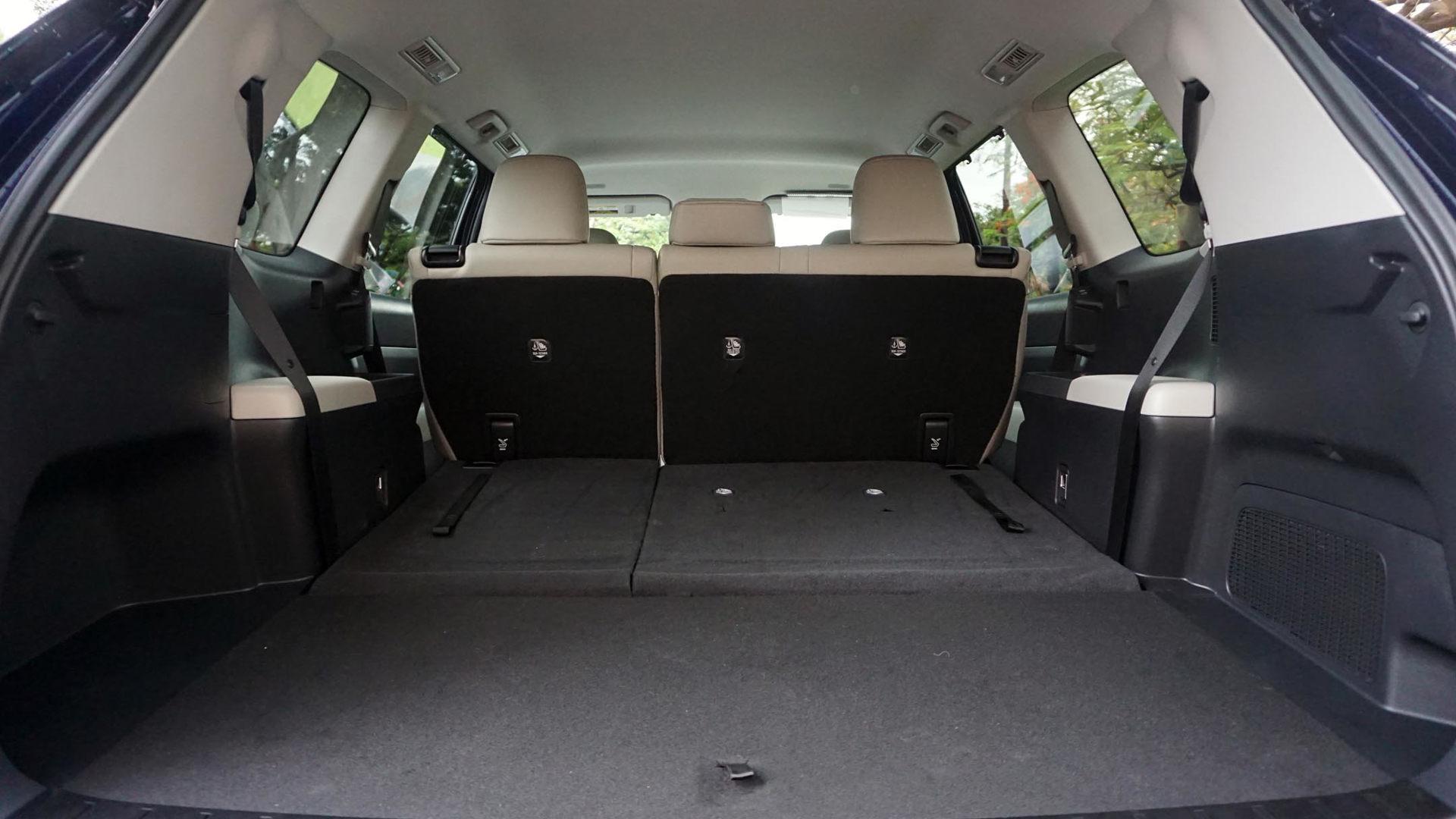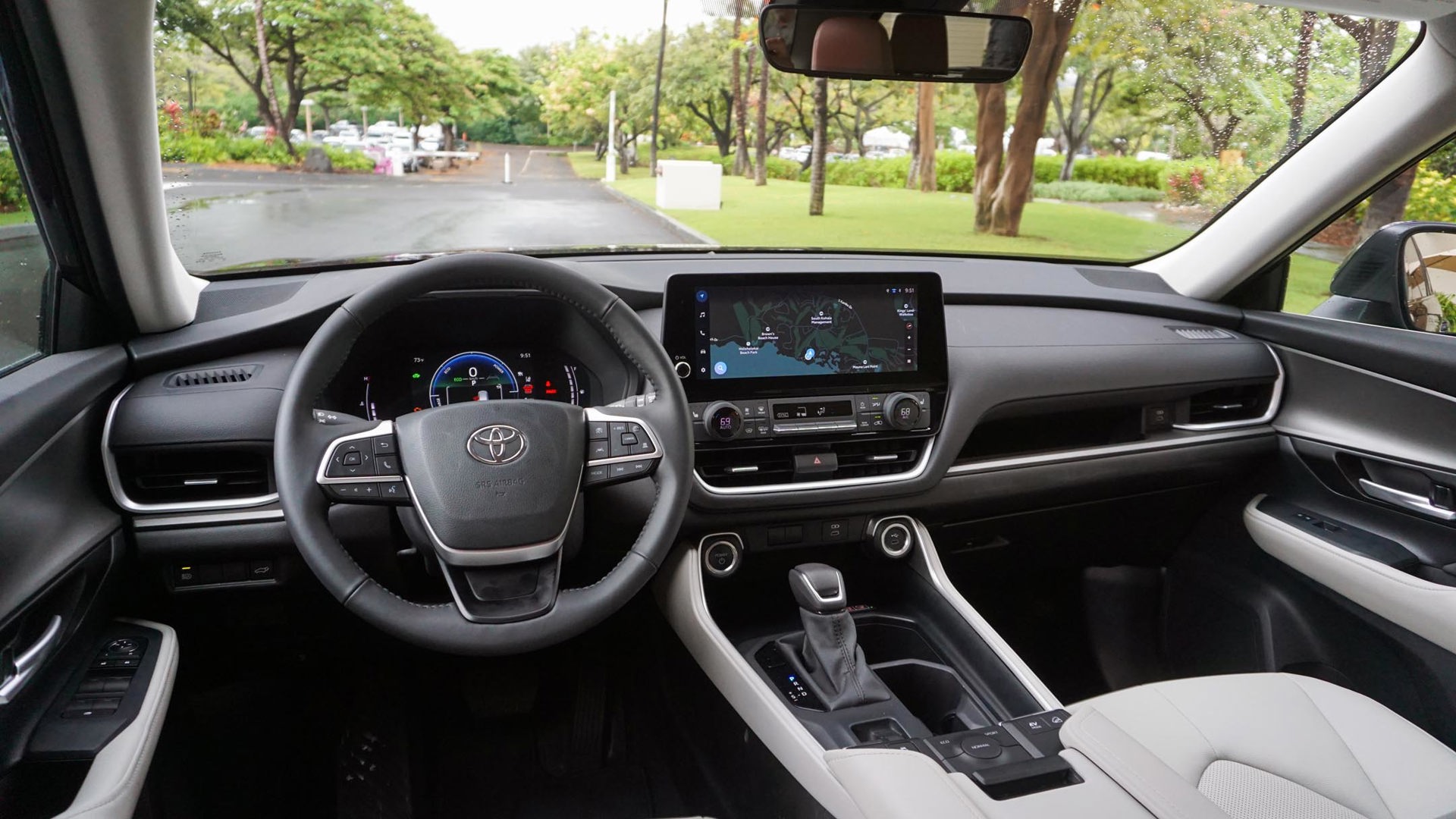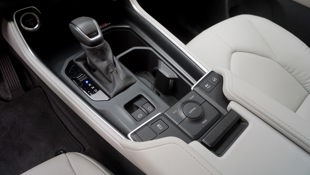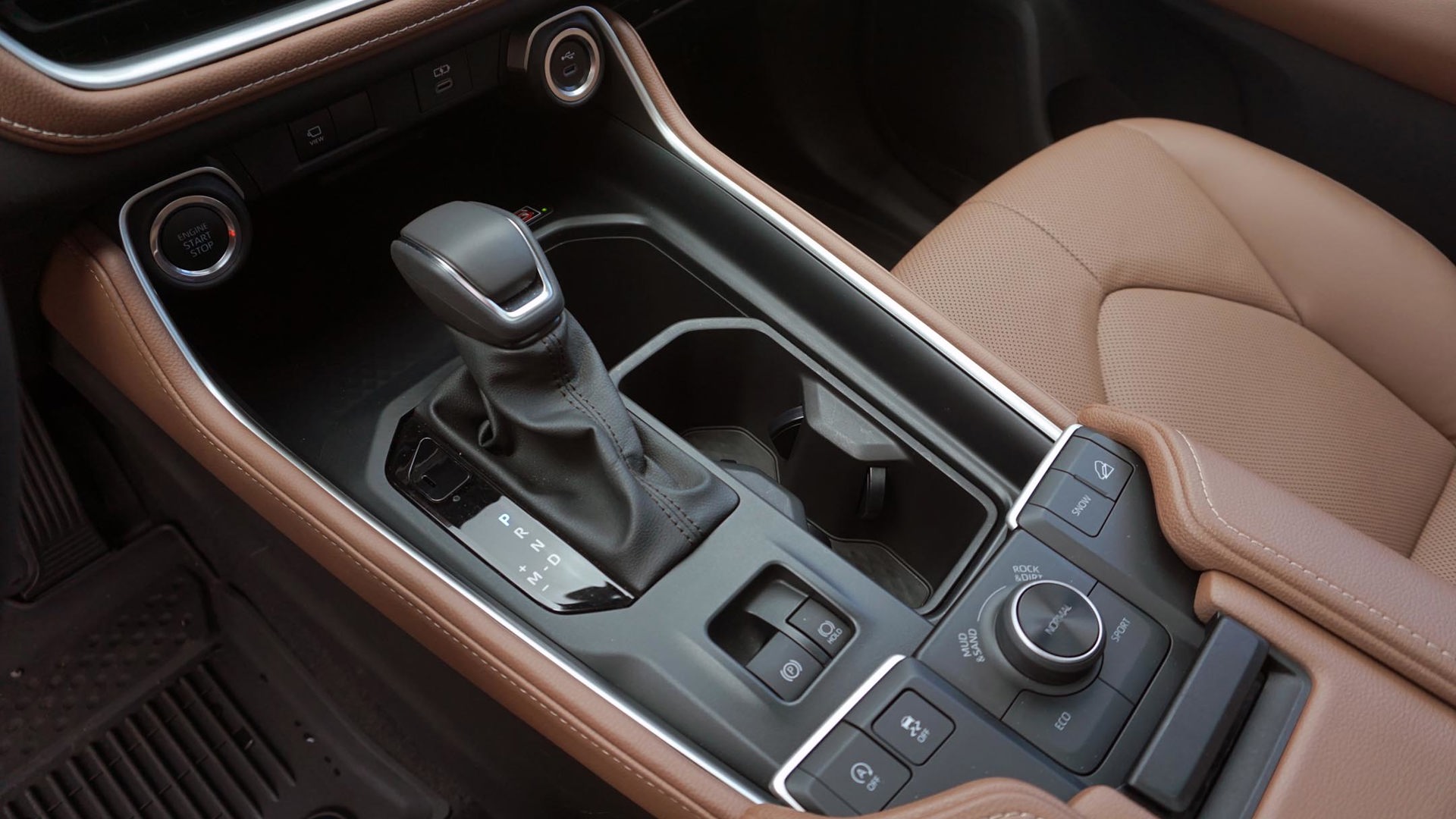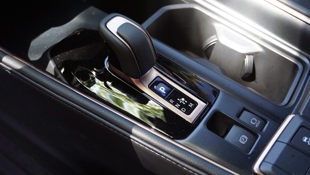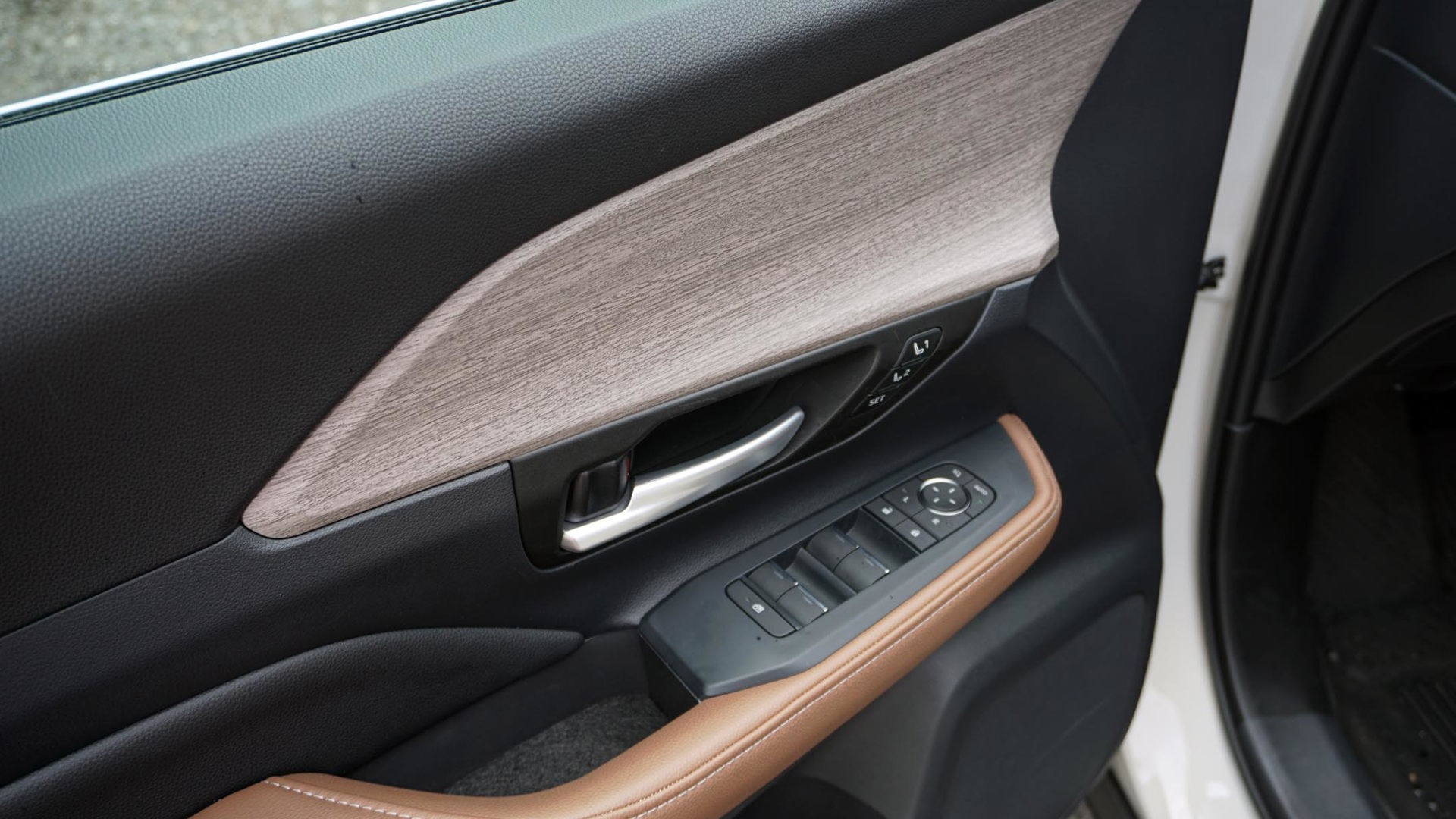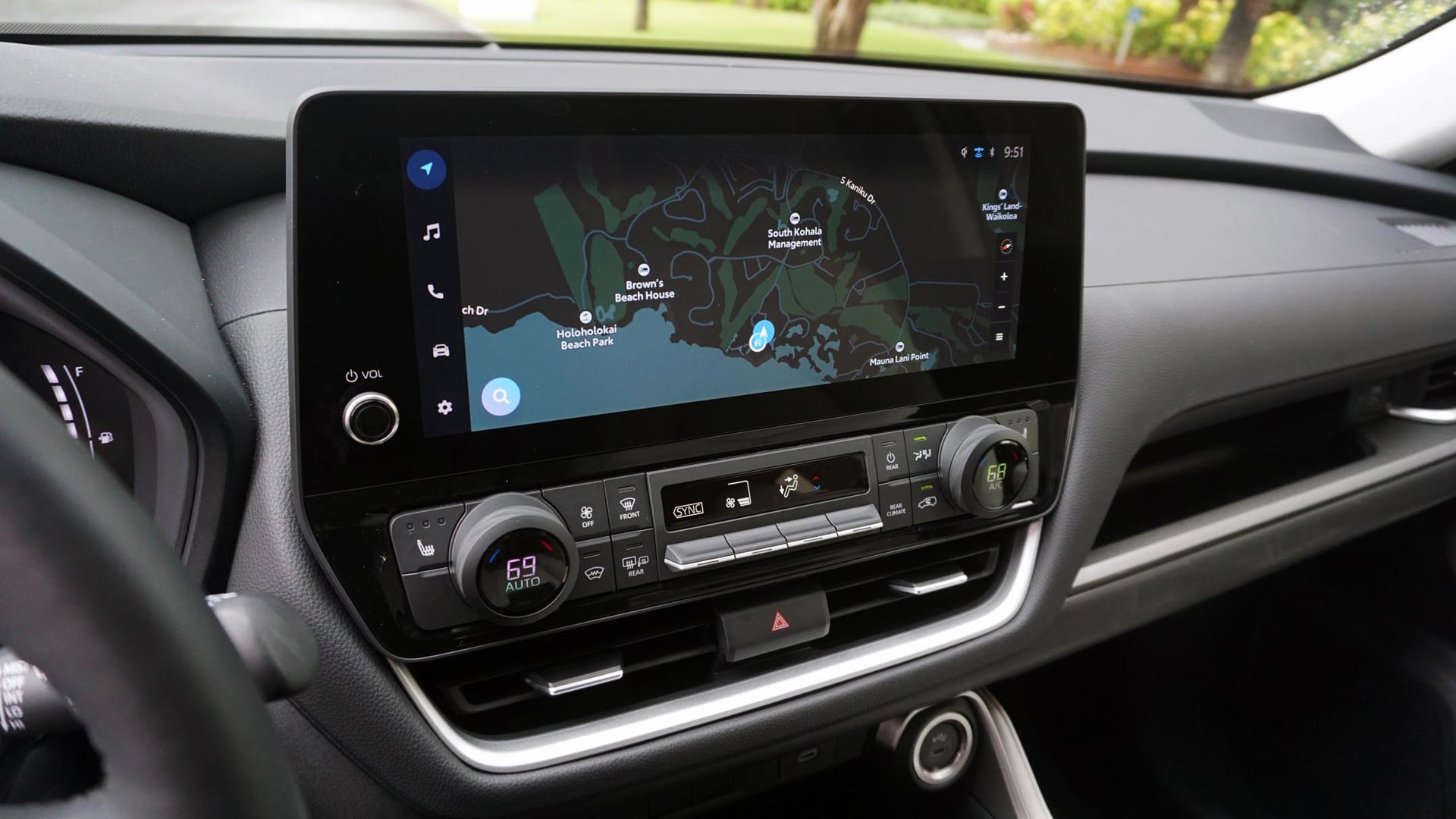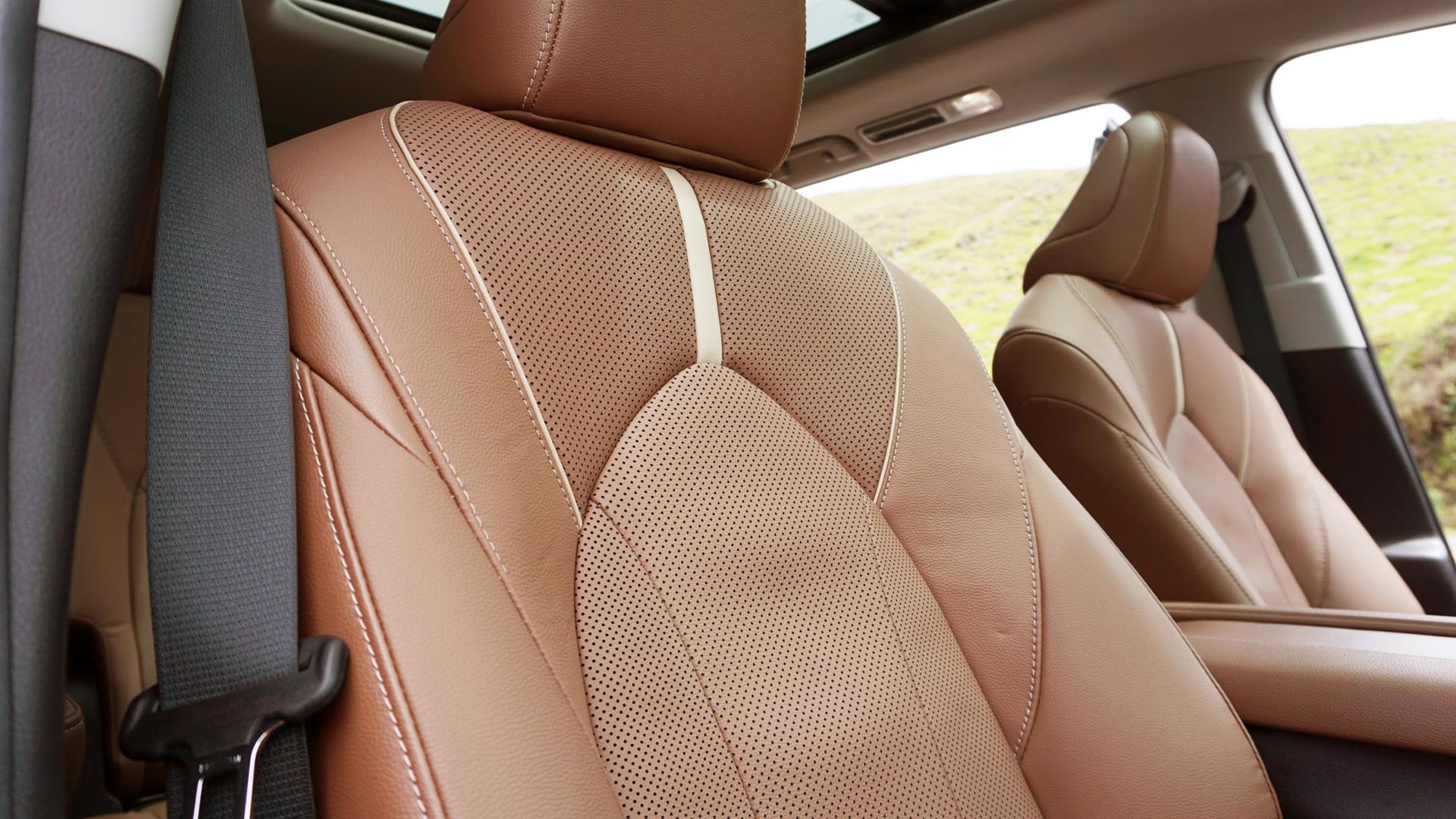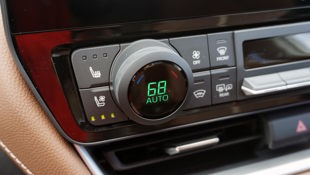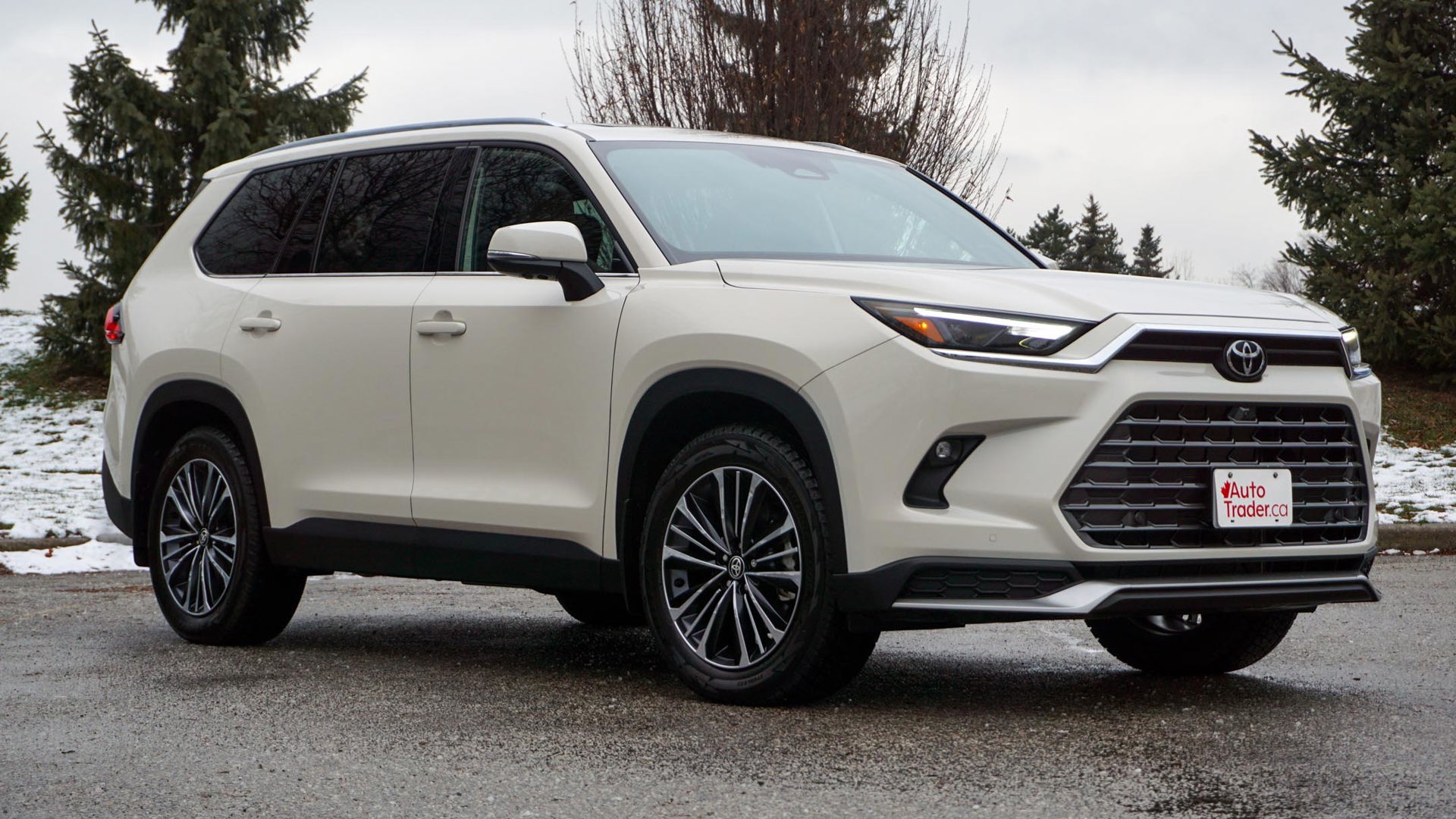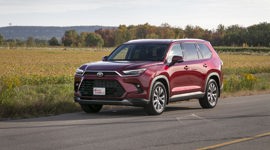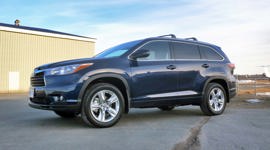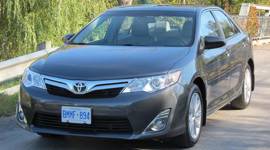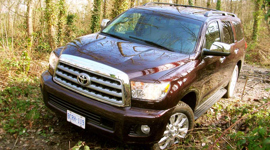Well, it seems like it’s finally happened: Toyota has run out of names.
It started with the Corolla Cross, then there was the return of the Crown to this part of the world after a 50-year absence, and now there’s this – the 2024 Toyota Grand Highlander. It’s at least a little puzzling, since it looks nothing like the current Highlander that’s slightly smaller and will soldier on alongside this version (at least for the time being).
If anything, the Grand Highlander more closely resembles the compact RAV4, which probably isn’t a coincidence considering how incredibly popular it is. Either way, this three-row plugs a fairly significant hole in Toyota’s lineup, where the truck-based Sequoia is a bit oversized – as is its price tag – and the hybrid-only Sienna minivan appeals only to a small subset of shoppers.
With all that as a backdrop, the Grand Highlander arrives as a right-sized sport utility with room to spare, plus three perfectly suited powertrains to pick from.
Keeping Up With the Competition
The existing Highlander is still among the best-selling SUVs in the segment, but its rearmost seats aren’t especially generous. That shortcoming has become more problematic in recent years, with the likes of the Volkswagen Atlas absolutely dwarfing it in terms of occupant space, while even the Nissan Pathfinder, Hyundai Palisade, and Kia Telluride do better, too. It’s exactly why the 2024 Grand Highlander came to be, with way more room inside than its namesake sibling.
In terms of exterior dimensions, the Grand Highlander is some 165 mm (6.5 in) longer from tip to tail, while its wheelbase has been stretched 99 mm (3.9 in). Perhaps more importantly, the dimensions are much more closely aligned with those of the largest entries in the segment like the Atlas. The third set of seats in particular is where the newfound room comes into play, with a maximum of 851 mm (33.5 in) of legroom compared to the Highlander’s 711 mm (28 in). In fact, it’s about as roomy as the one in the Atlas and can easily accommodate adults.
Likewise, there’s significantly more cargo room with the third-row seats stowed, ringing in at a total of 1,640 L versus 1,371 L in its smaller sibling. Space with all seats upright stands at 583 L compared to 453 L. Again, that makes the Grand Highlander much more competitive with the likes of the Atlas or the more bulbous Buick Enclave, the former of which has the same amount of space with all seats upright. (The latter has 85 L more.)
Beyond what’s listed on the spec sheet, the space inside is well used and properly livable. Where the Highlander’s third-row bench is bolted almost directly to the floor, making it awkward even for children to sit on comfortably, the one here is much easier to access and get properly situated. Helping matters is the massive step inside the rear doors that provides a place on either side to comfortably climb aboard. And the rest of the cabin has the same useful qualities as Toyota’s other family haulers, with all kinds of cubbies and shelves for storing everyday items.
A Trio of Choices
There are three powertrains to pick from, with each serving a distinct purpose. All of them are paired with all-wheel drive systems that automatically shuffle torque to the wheels that can make best use of it, while two of the engines carry over from the Grand Highlander’s smaller sibling: a turbocharged four-cylinder, or a fuel-sipping hybrid setup. Additionally, the former can be paired with some hybrid equipment of its own, although it’s not nearly as miserly as the gas-electric version borrowed from the regular Highlander.
The gas-only version of the turbocharged 2.4L generates 265 hp and 310 lb-ft of torque – competitive for the class if not enough to stand out. Adding an electric motor to the transmission, plus another one in the back for the rear wheels, pushes those numbers to 362 hp and 400 lb-ft of torque, the latter of which is significantly more than anything else in the segment. It’s also the only of the three powertrains that works with a full-time all-wheel drive system, which constantly splits torque in ratios that range from 70/30 front-to-rear to 20/80 in the opposite direction.
Both the gas-only and so-called Hybrid Max versions are rated to tow the same 2,268 kg (5,000 lb), although it’s safe to assume the more stout of the two will have an easier job handling any weight hooked up to the back. Then there’s the Grand Highlander Hybrid that’s rated to tow 1,588 kg (3,500 lb) with its naturally aspirated 2.5L four-cylinder and dual electric motor-generators under the hood, plus a separate electric motor in the back dedicated to driving the rear wheels. Net output stands at 243 hp.
Unofficial fuel consumption numbers (unsurprisingly) make the hybrid version one of the most efficient three-row SUVs on the market, trailing only the Highlander Hybrid. Toyota’s estimates stand at 6.9–7.1 L/100 km, depending on trim. Meanwhile, the Hybrid Max is offered as a single trim that’s estimated to return 8.7 L/100 km combined, and the two gas-only trims come in at 10.2 and 10.7 combined, respectively.
Distinctively Toyota Drive Experience
The conventional hybrid version of the Grand Highlander is a smooth and familiar affair, while the gas-only version is much the same. But it’s the Hybrid Max that delivers the muscle, with all 400 lb-ft of torque making it feel swift in a way most family haulers like this simply aren’t. Hearty noises emanate from the engine bay with a press of the throttle as the more than 2,232-kg (4,920-lb) SUV surges ahead and any longing for V6 power is quickly dashed.
If it weren’t for that powertrain, it wouldn’t be unfair to accuse this three-row of feeling a little lazy from behind the wheel – not that many of its rivals are much more crisp, nor is it necessarily a criticism. The steering, for instance, is responsive but a little overboosted, while the cushy suspension does well to absorb bumps in the road but leads to a bit too much body roll when cornering. The result is a low-hassle family hauler that’s easy to pilot if a little uninspired (and that’s fine).
Impressive Pricing
Considering the way some of its competitors are priced, the 2024 Toyota Grand Highlander is a downright bargain. Its starting price of $50,490 before freight and tax is less than that of the Kia Telluride and within $250 of the cheapest VW Atlas. The same XLE trim is offered with a hybrid powertrain for $53,790, while the Limited rings in at $57,690 for the gas version and $61,190 for the hybrid. Finally, the range-topping Grand Highlander Hybrid Max is $65,450.
The feature set is strong across the lineup, too, with a big 12.3-inch touchscreen and wireless Android Auto connections standard fare along with heated front seats and a heated steering wheel, and an impressive advanced safety and driver-assist suite. And, of course, moving into pricier trims adds good stuff like ventilated front seats, heated second-row captain’s chairs, hands-free tailgate operation, and more.
But then there are some disappointments – even in the most expensive trim. For instance, there’s no way to fold the second-row seats from the cargo area, while even the mechanisms to stow the 60/40 split-folding third-row bench require reaching awkwardly inside to pull handles on the top corners of the cushions. And some of the materials inside are unspectacular, like the coarse black plastic used for the climate controls and window switch panels. It’s in stark contrast with the spectacular blue and brown upholstery that’s available in pricey Grand Highlanders that look the part of the highest asking prices.
Final Thoughts
Given the huge number of Highlanders Toyota sells each year, it’s no surprise to see it stick around – at least for now – in spite of the arrival of this bigger version. However, there’s an argument to be made that the 2024 Toyota Grand Highlander makes its namesake redundant. It’s better in almost every way imaginable, with more space inside, better features, and a trio of powertrains to choose from.
Sure, there are a few misses, like the mismatched interior materials. It’s also a little matter-of-fact in its approach. Don’t expect much as far as character or charm – this is a family hauler that’s focused on its job of moving the most people (and stuff) possible. But its competitive pricing makes the Grand Highlander a compelling pick, particularly next to some of the other oversized entries in the segment.

